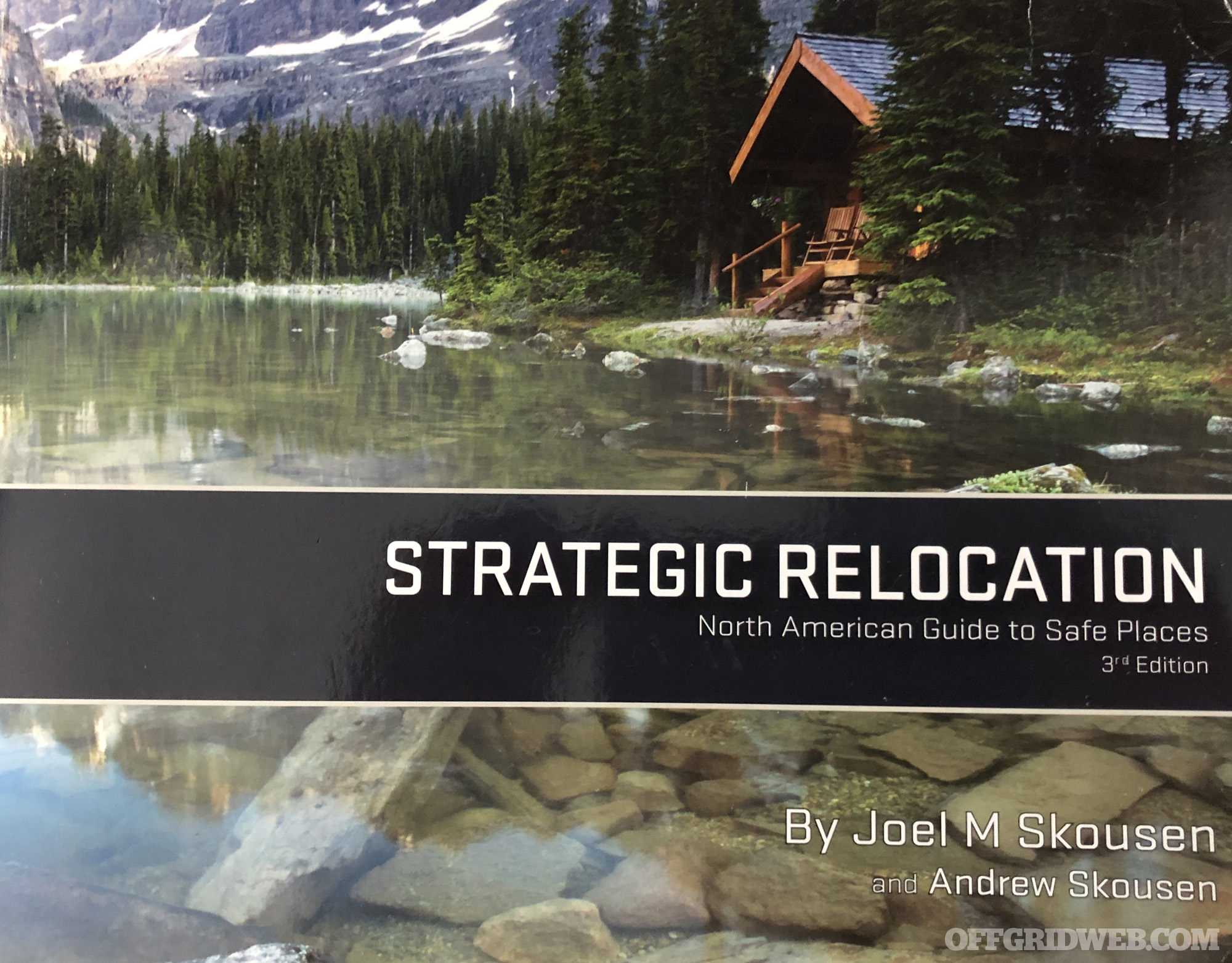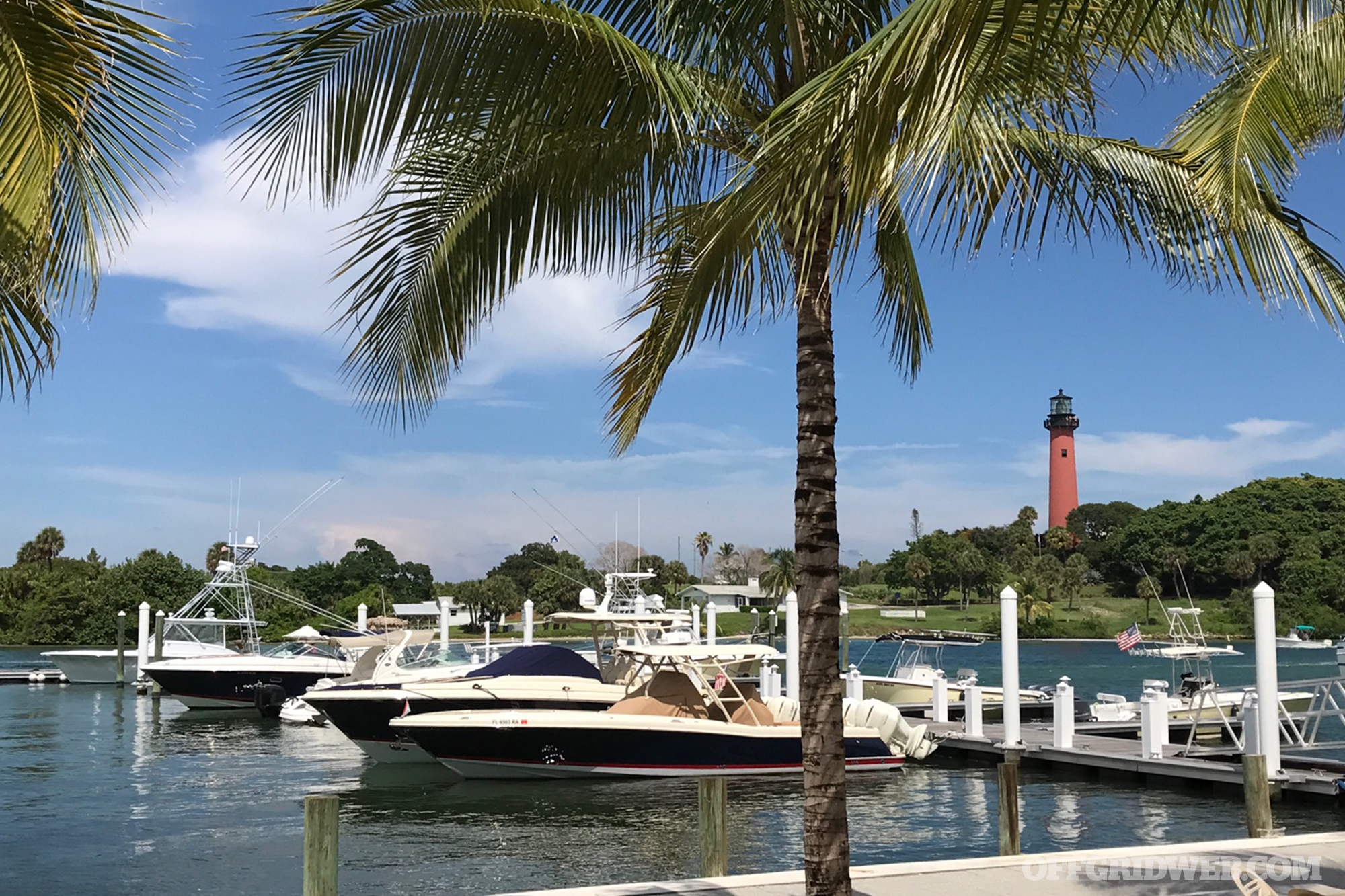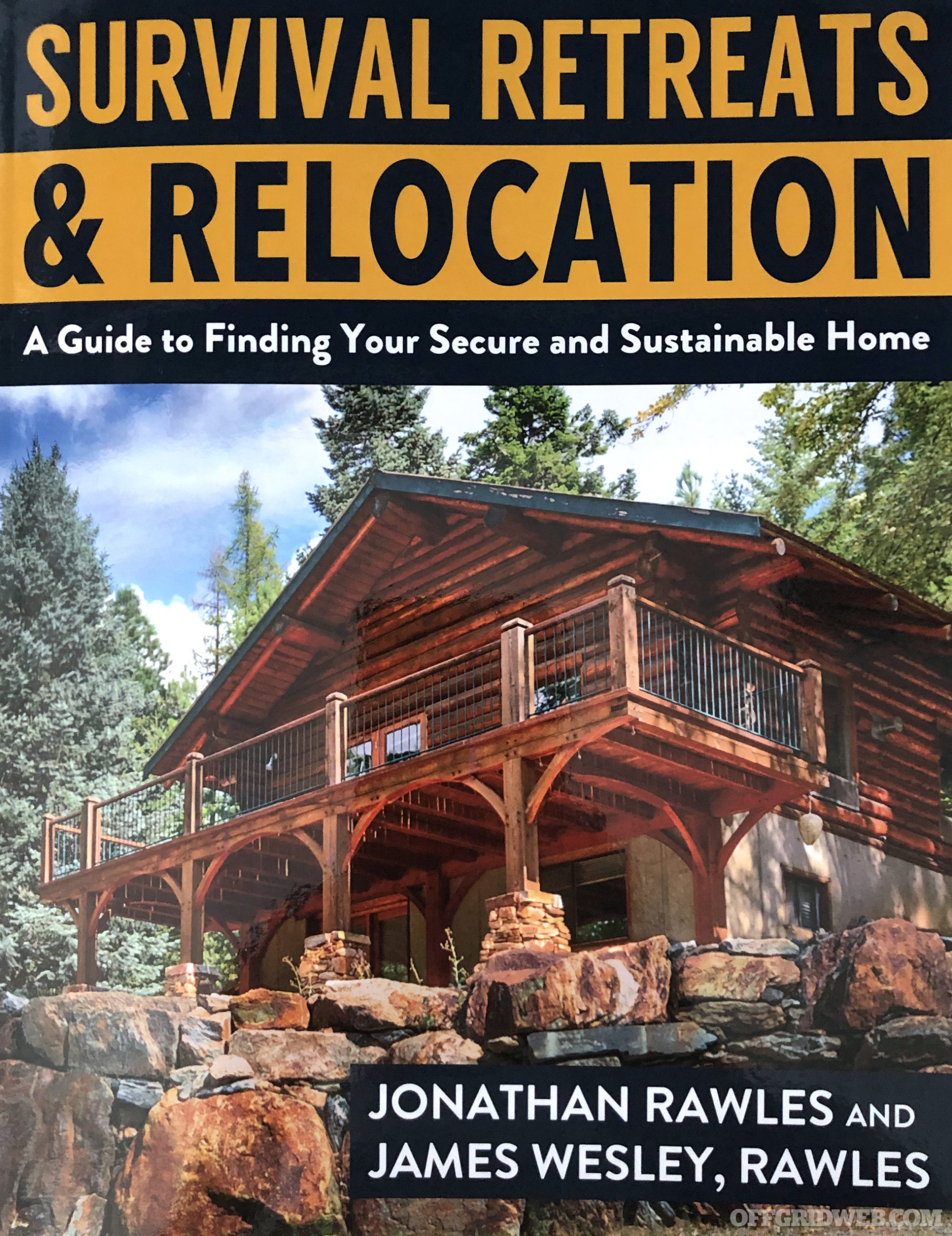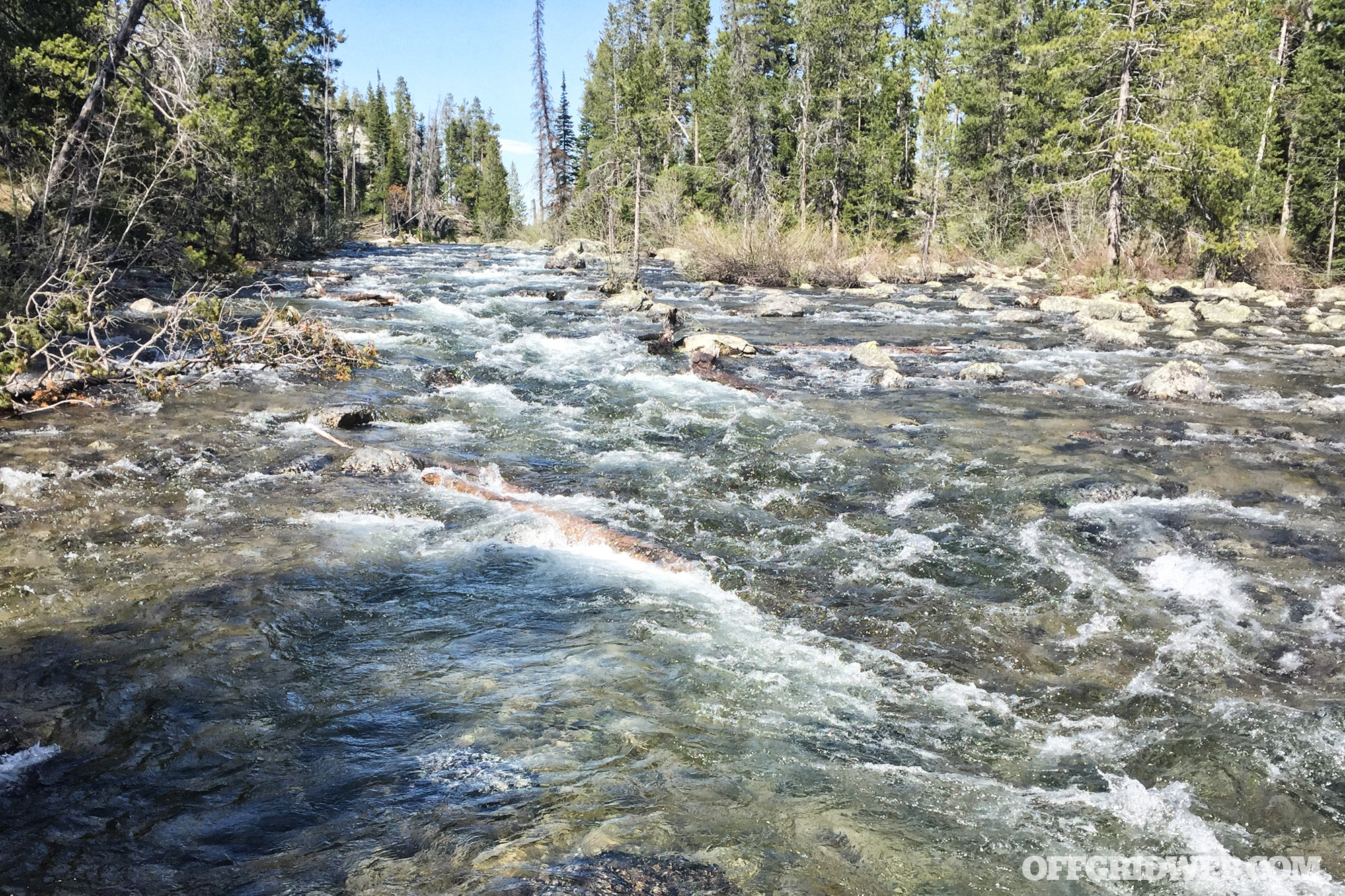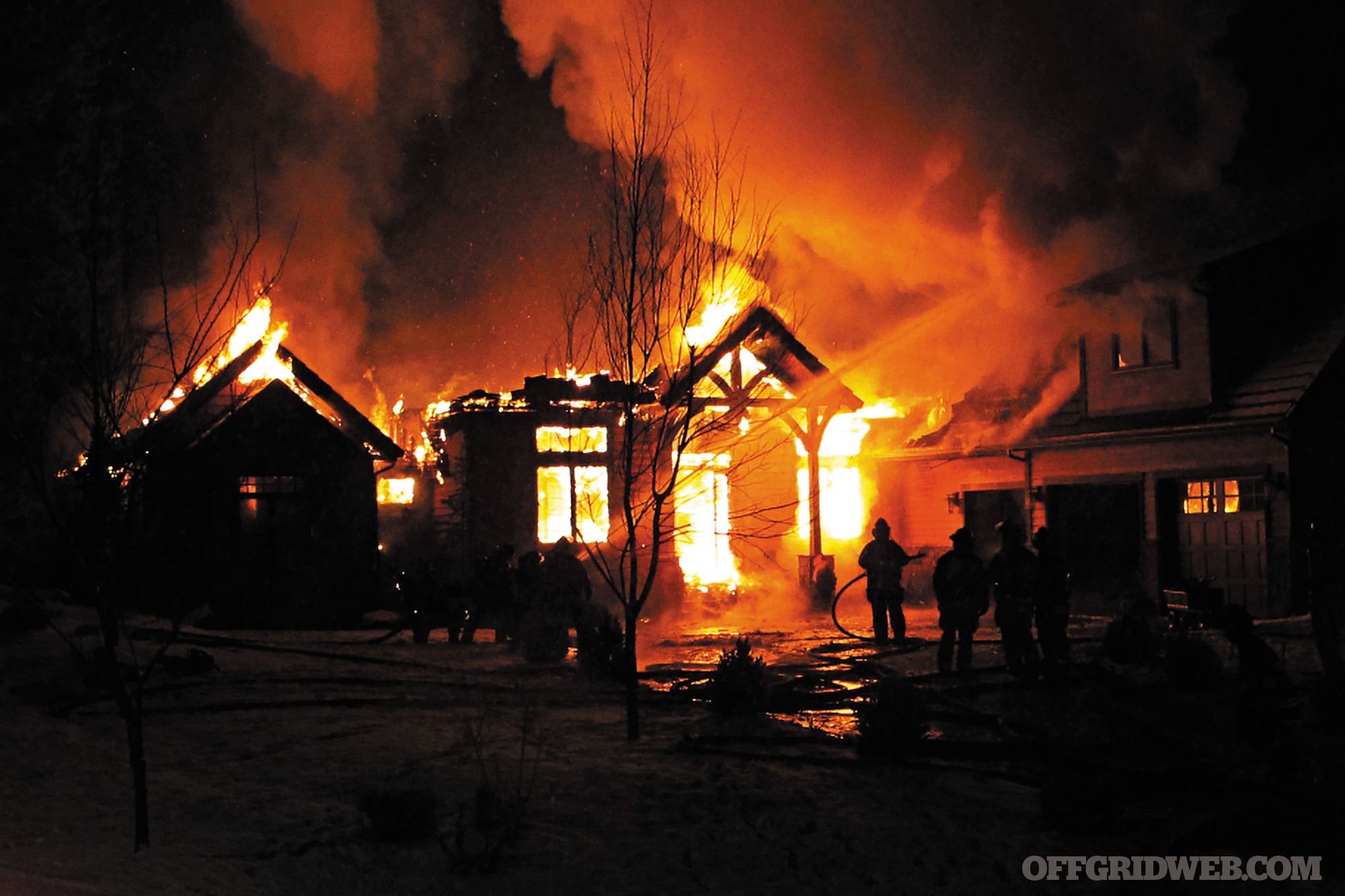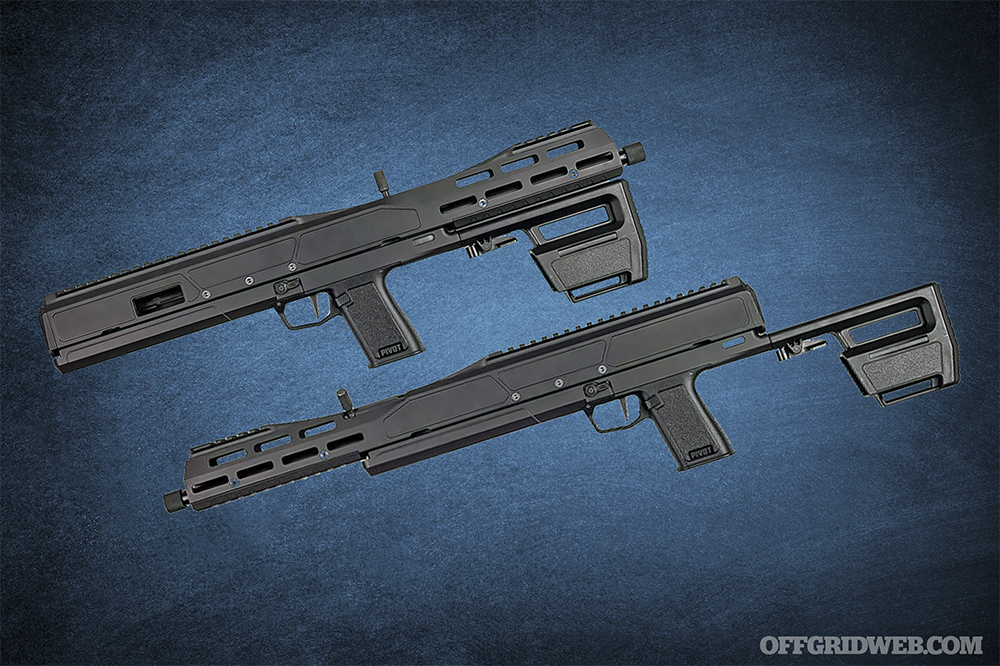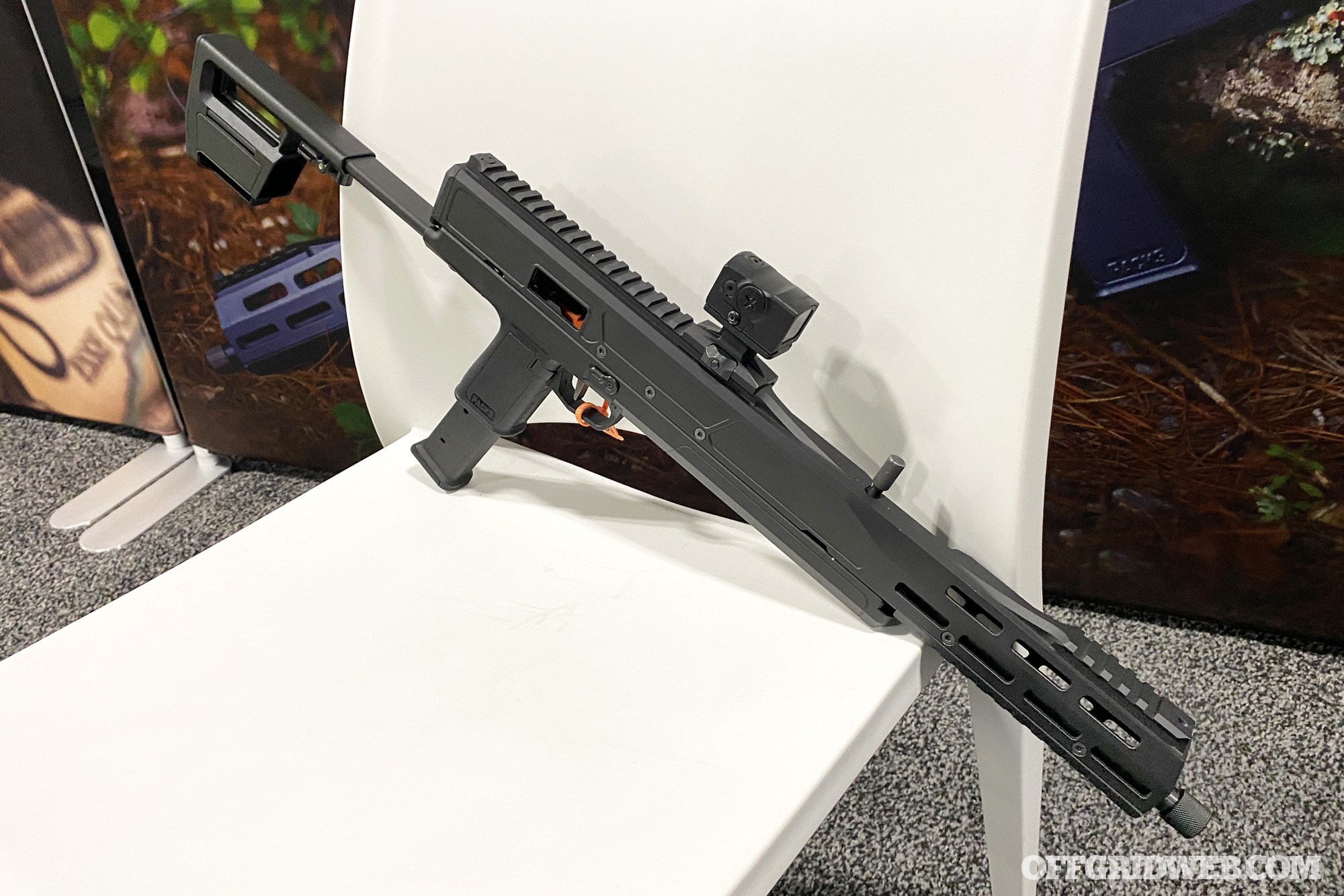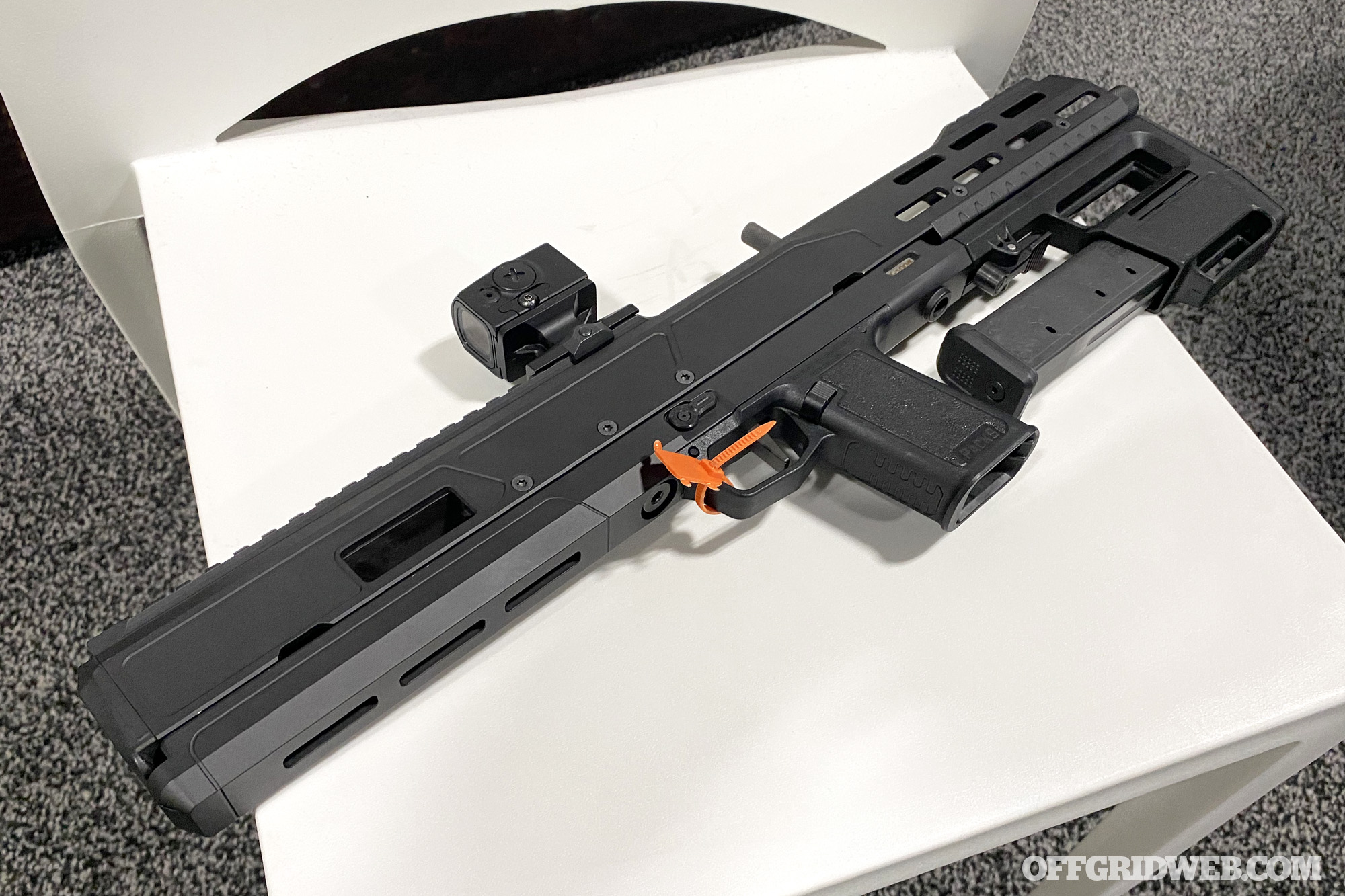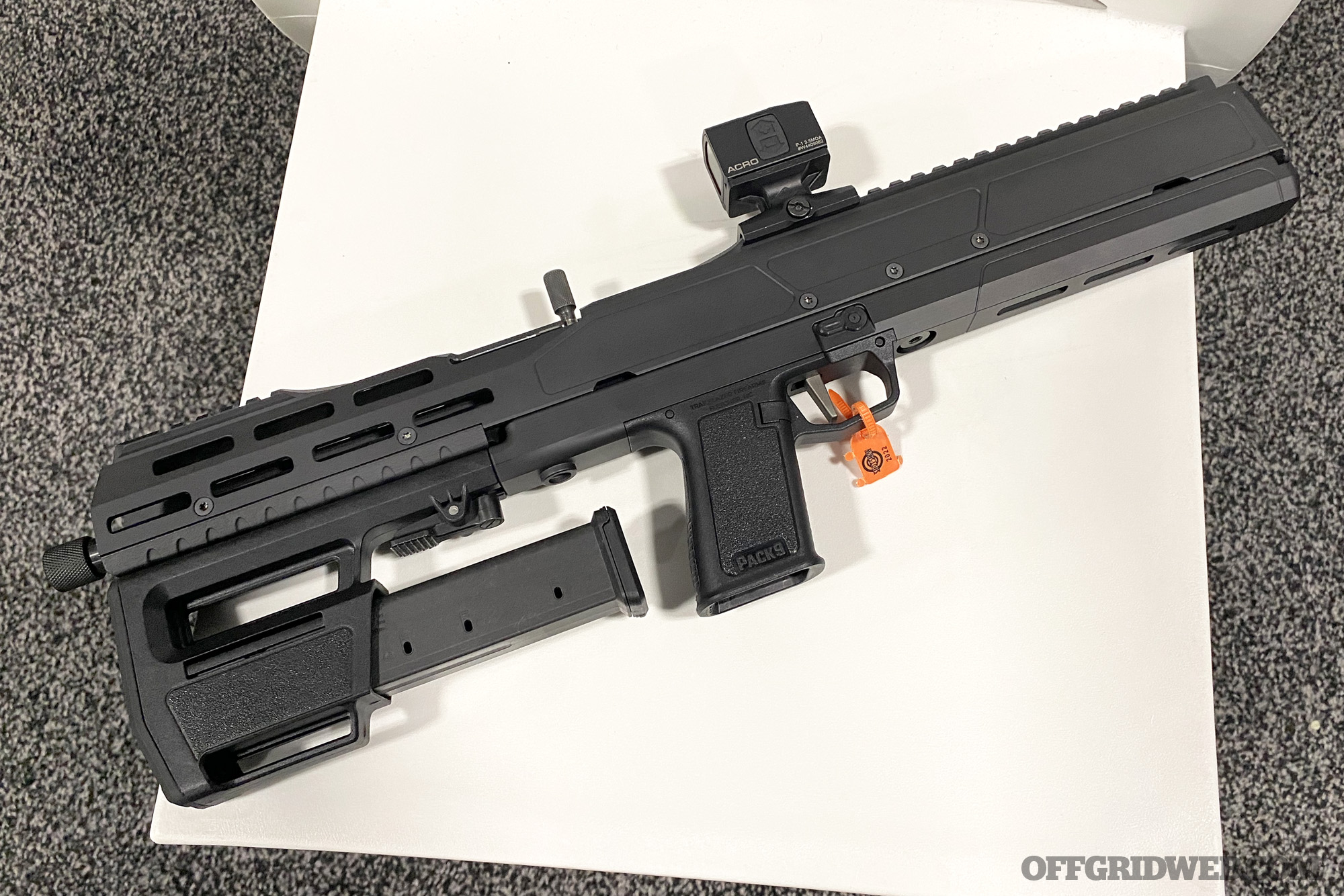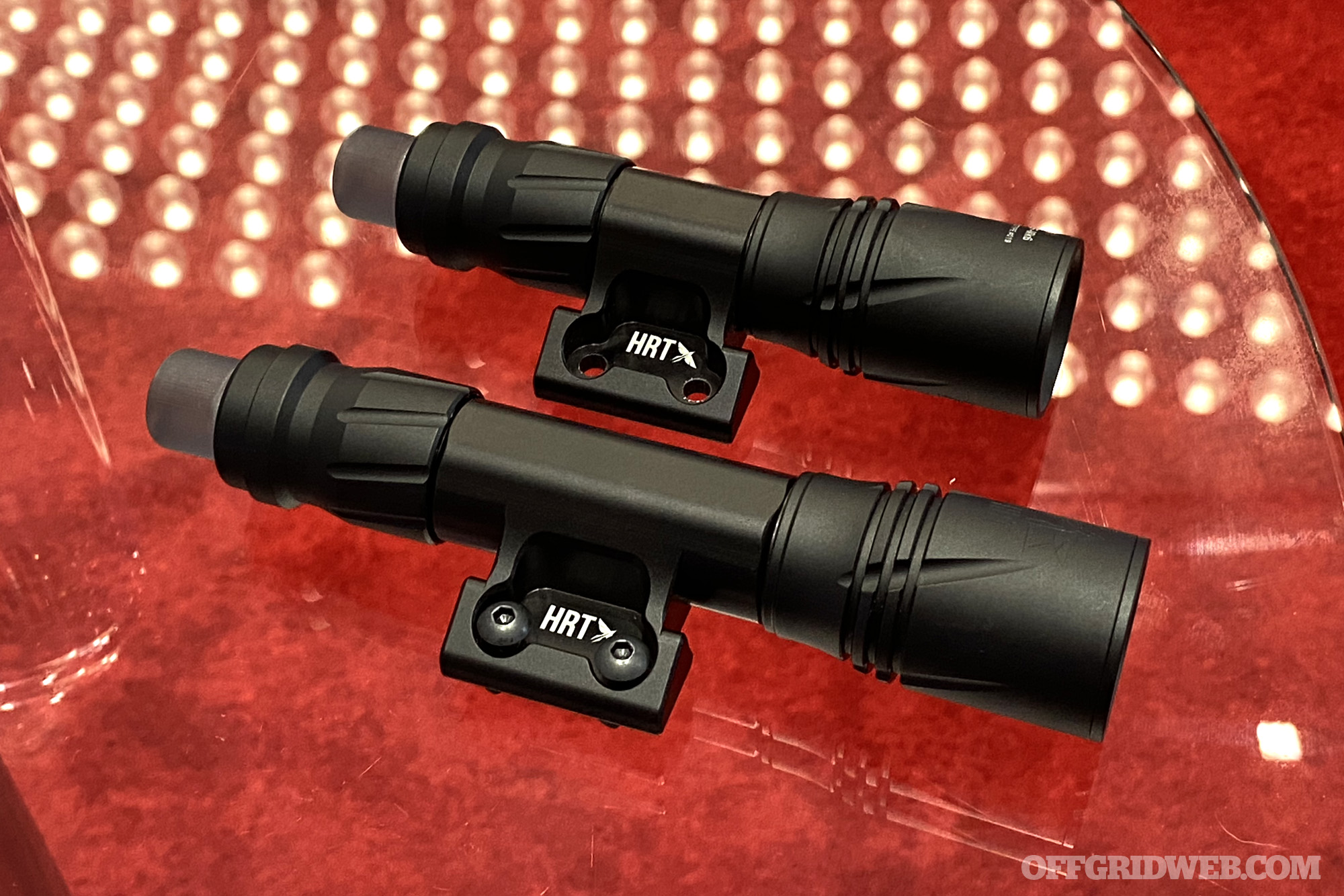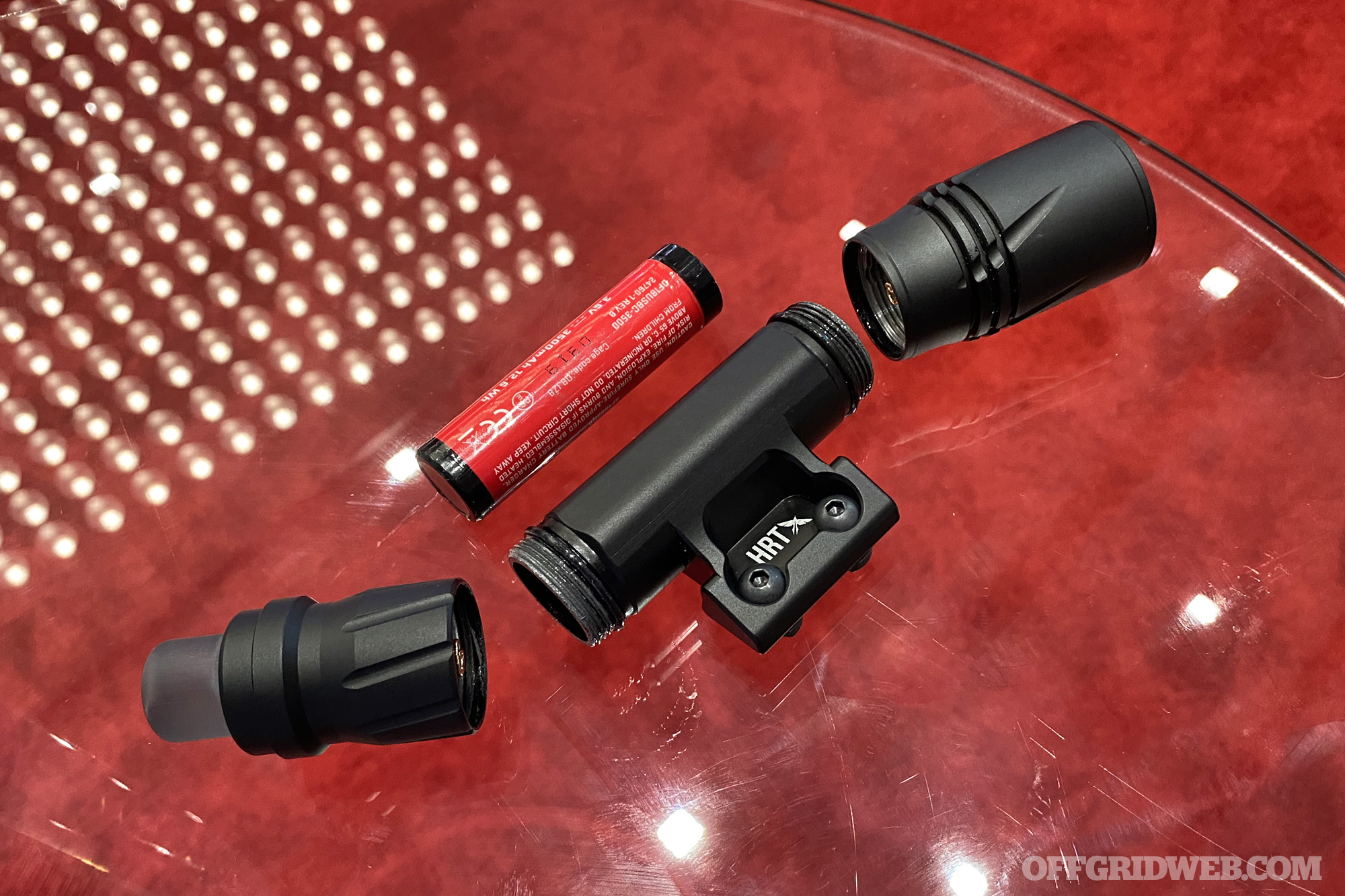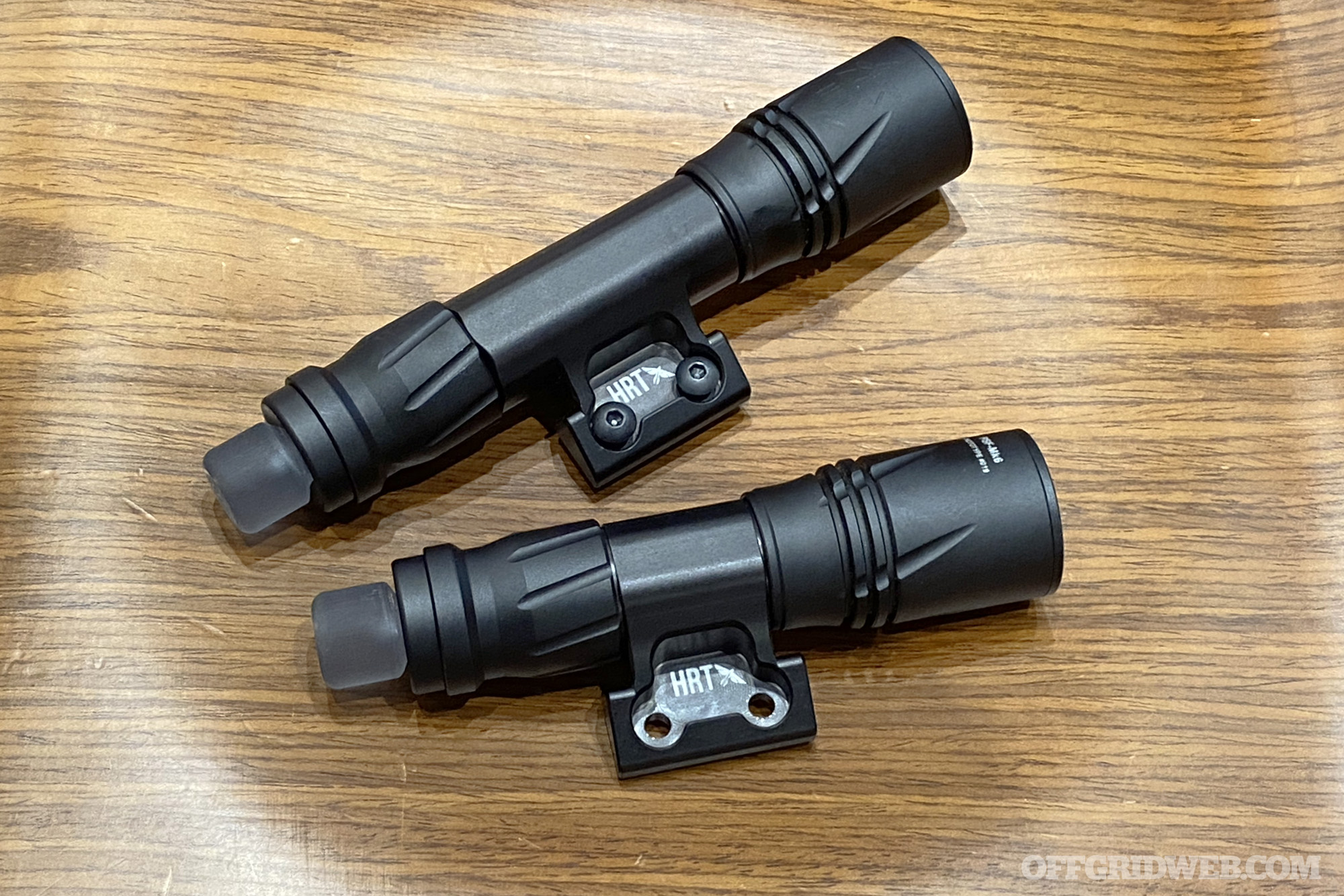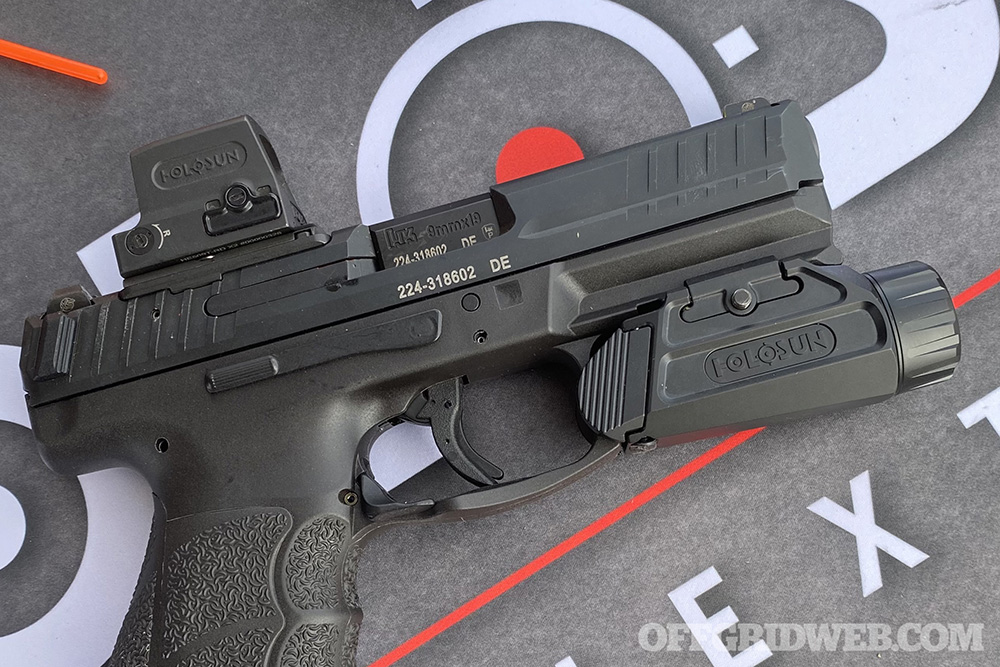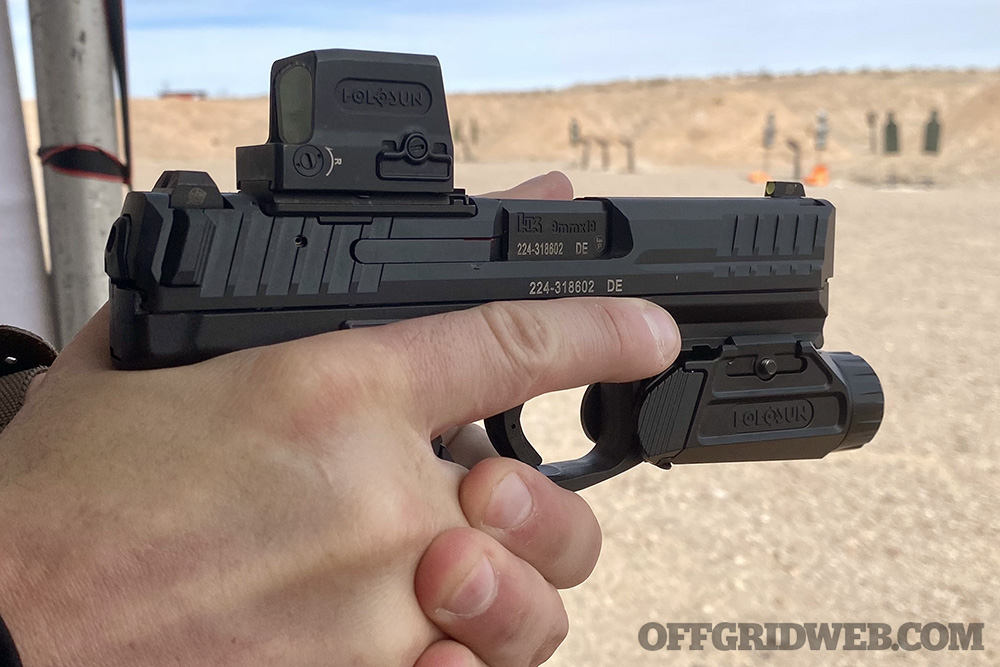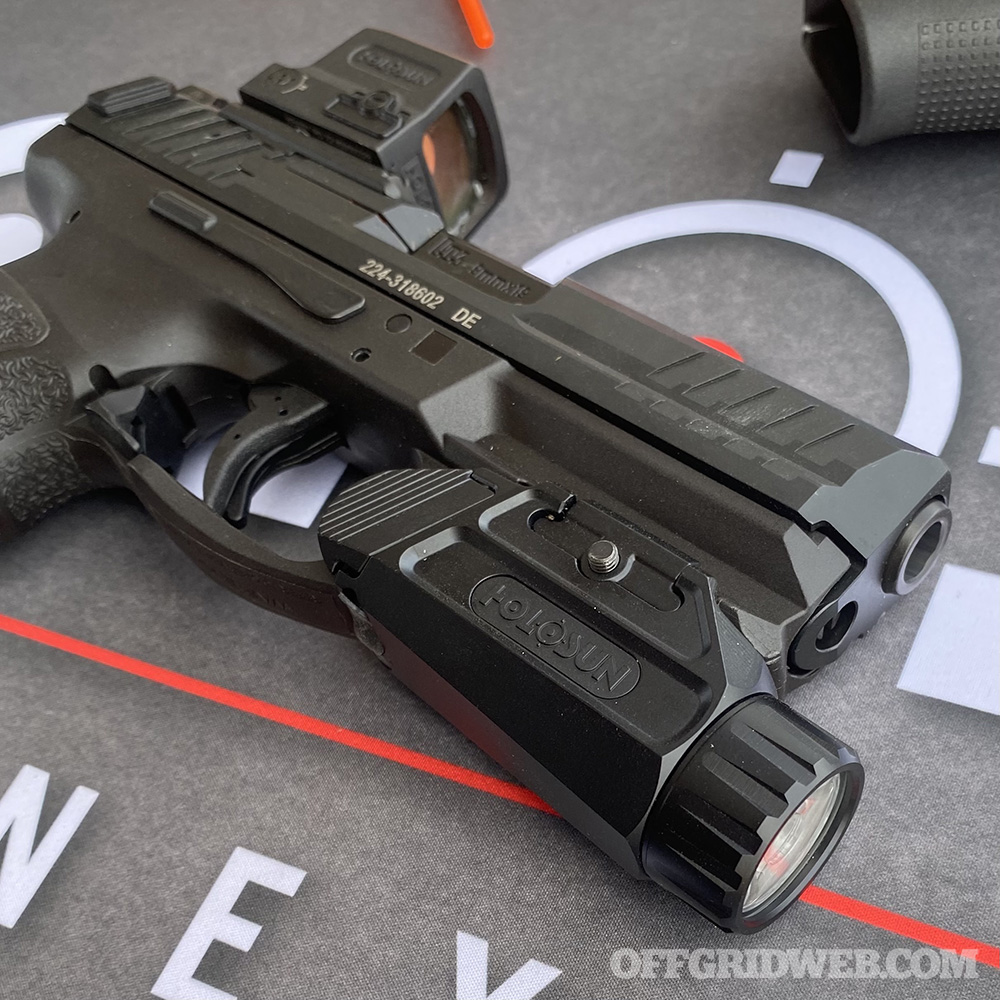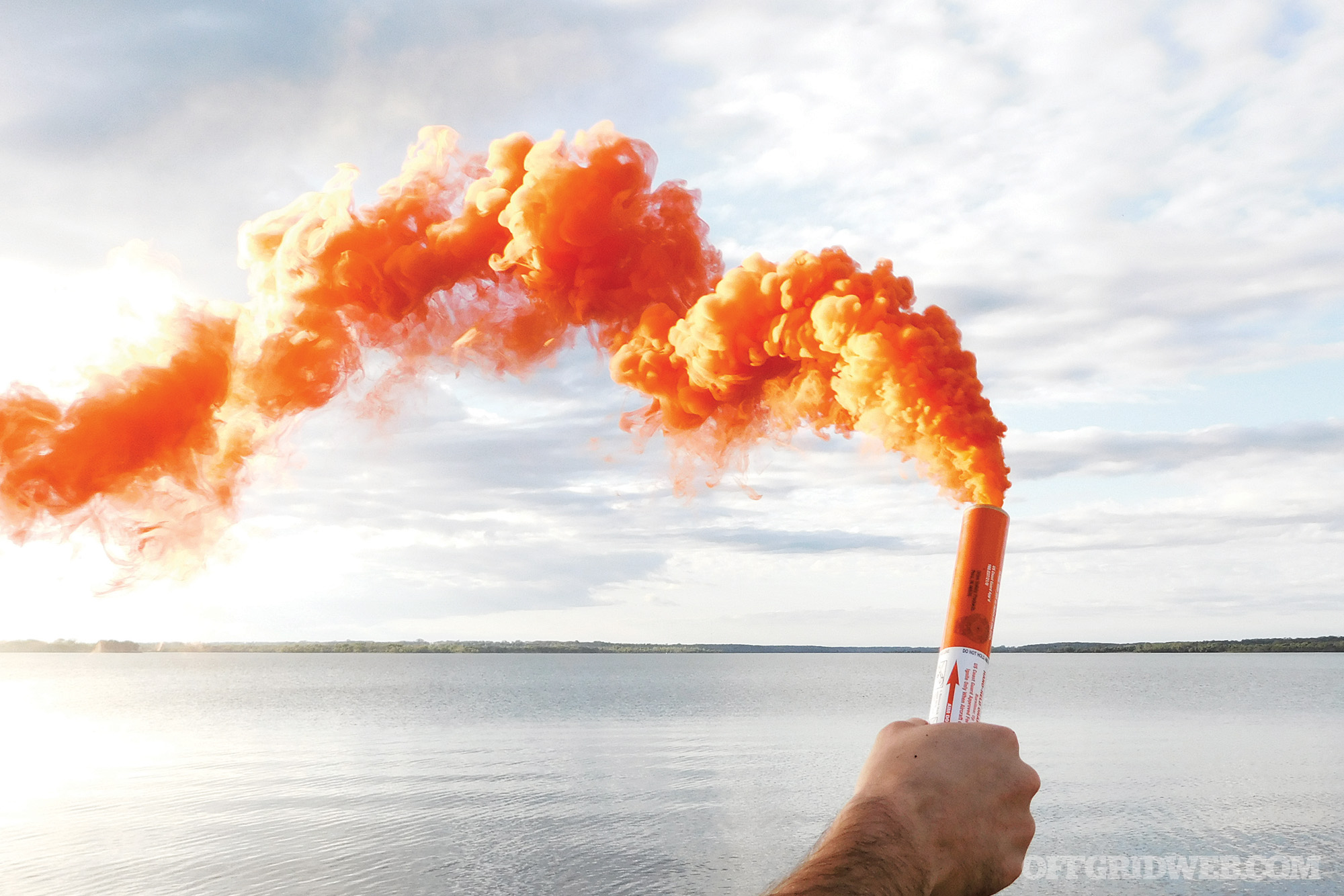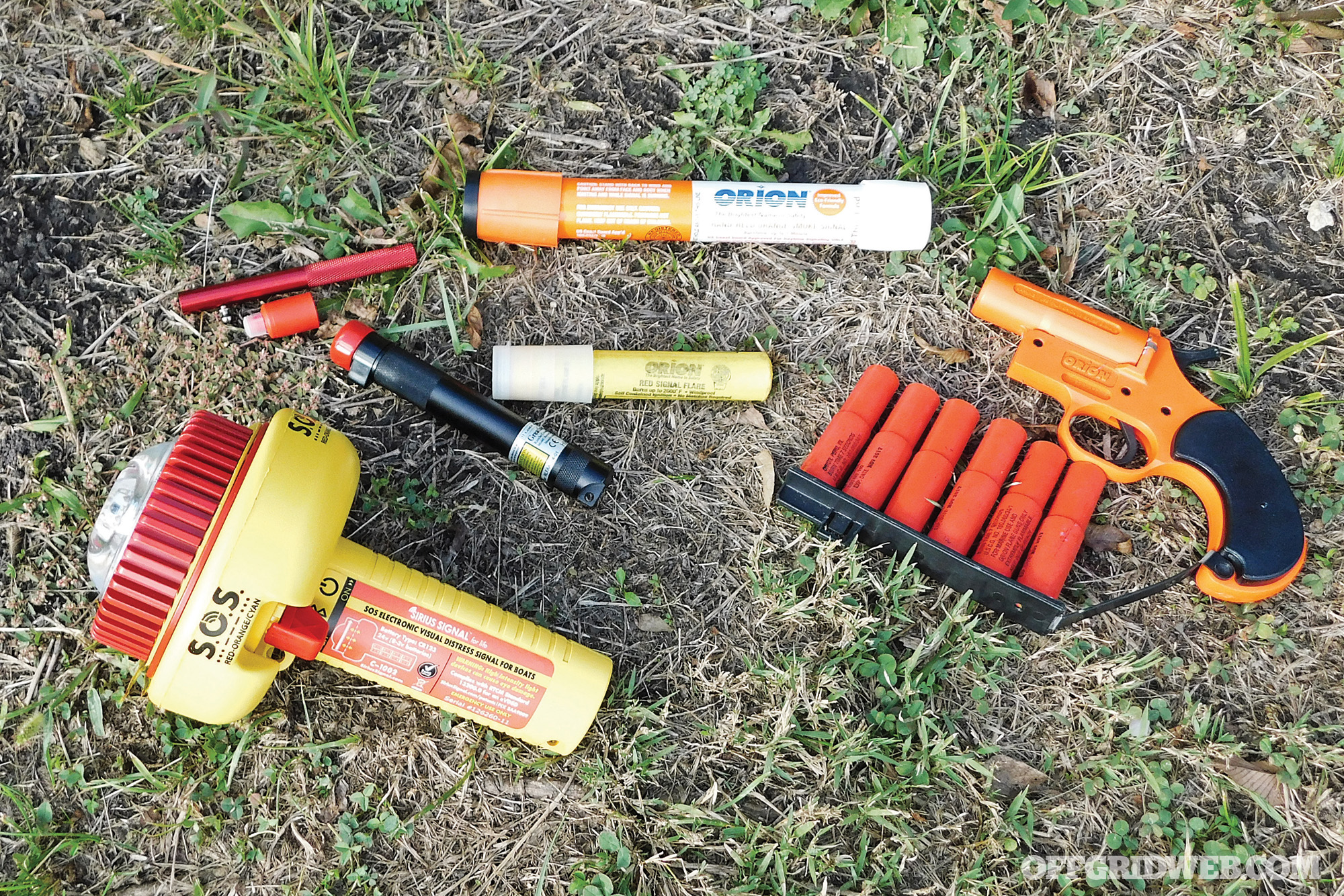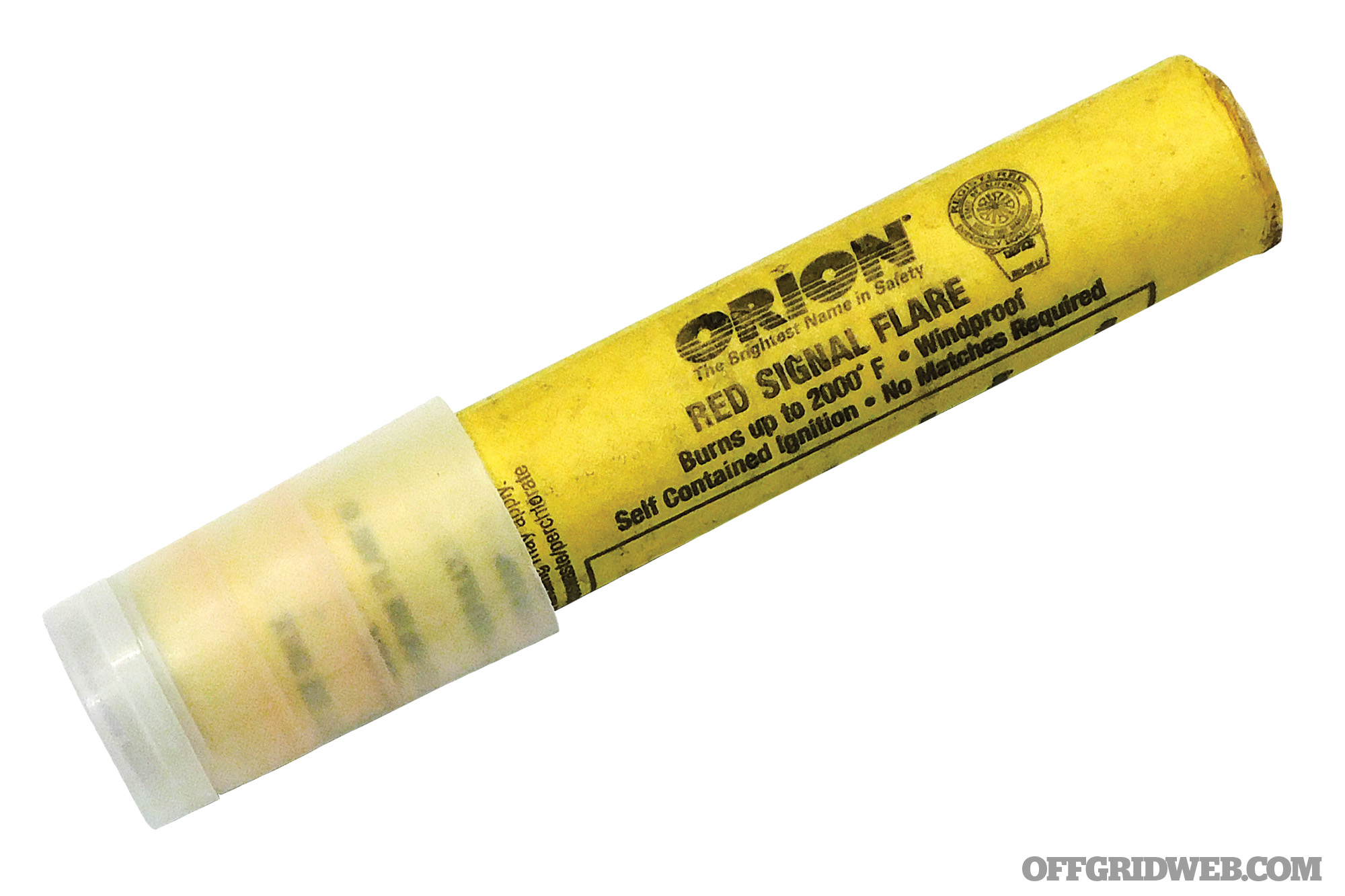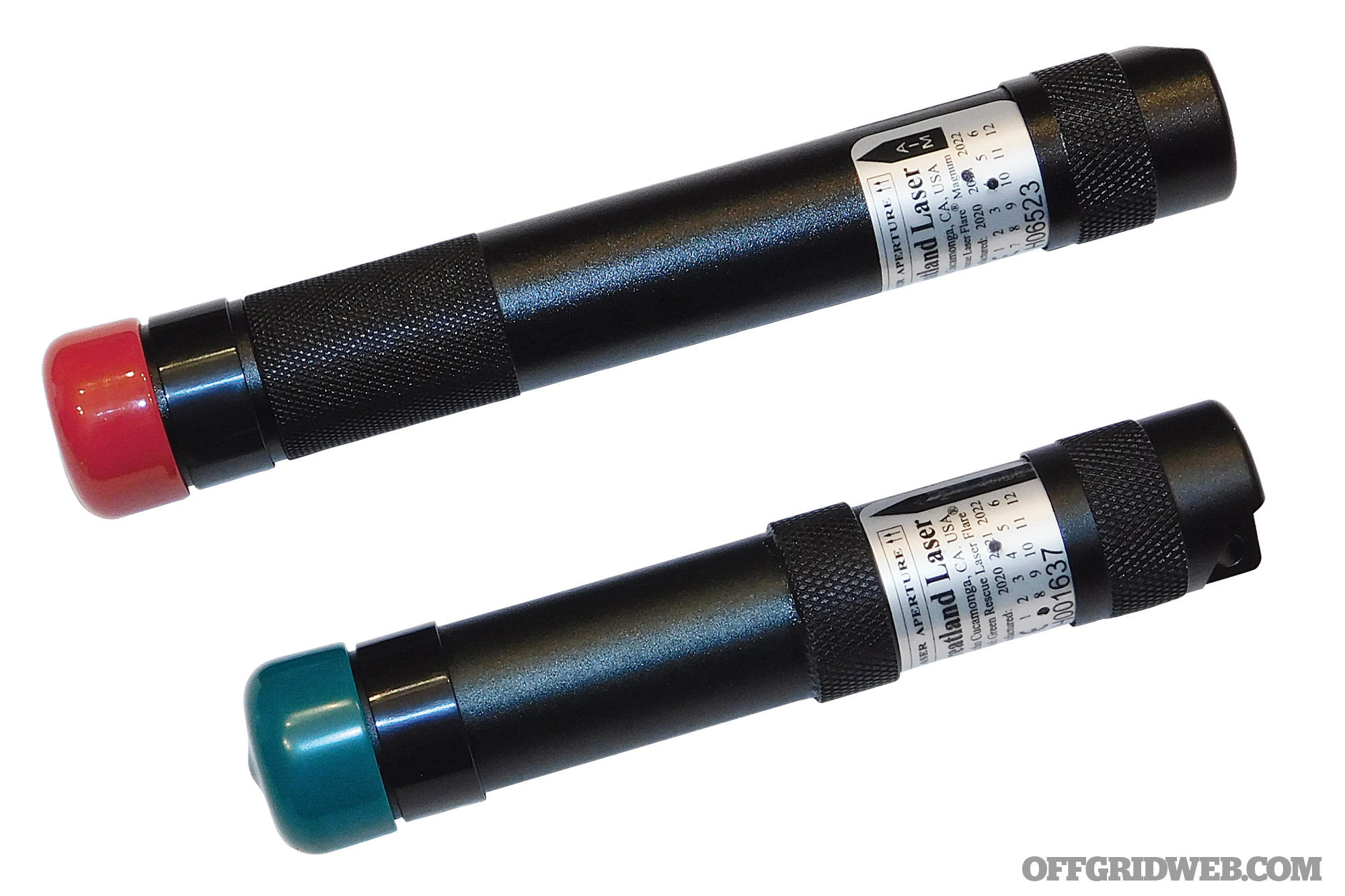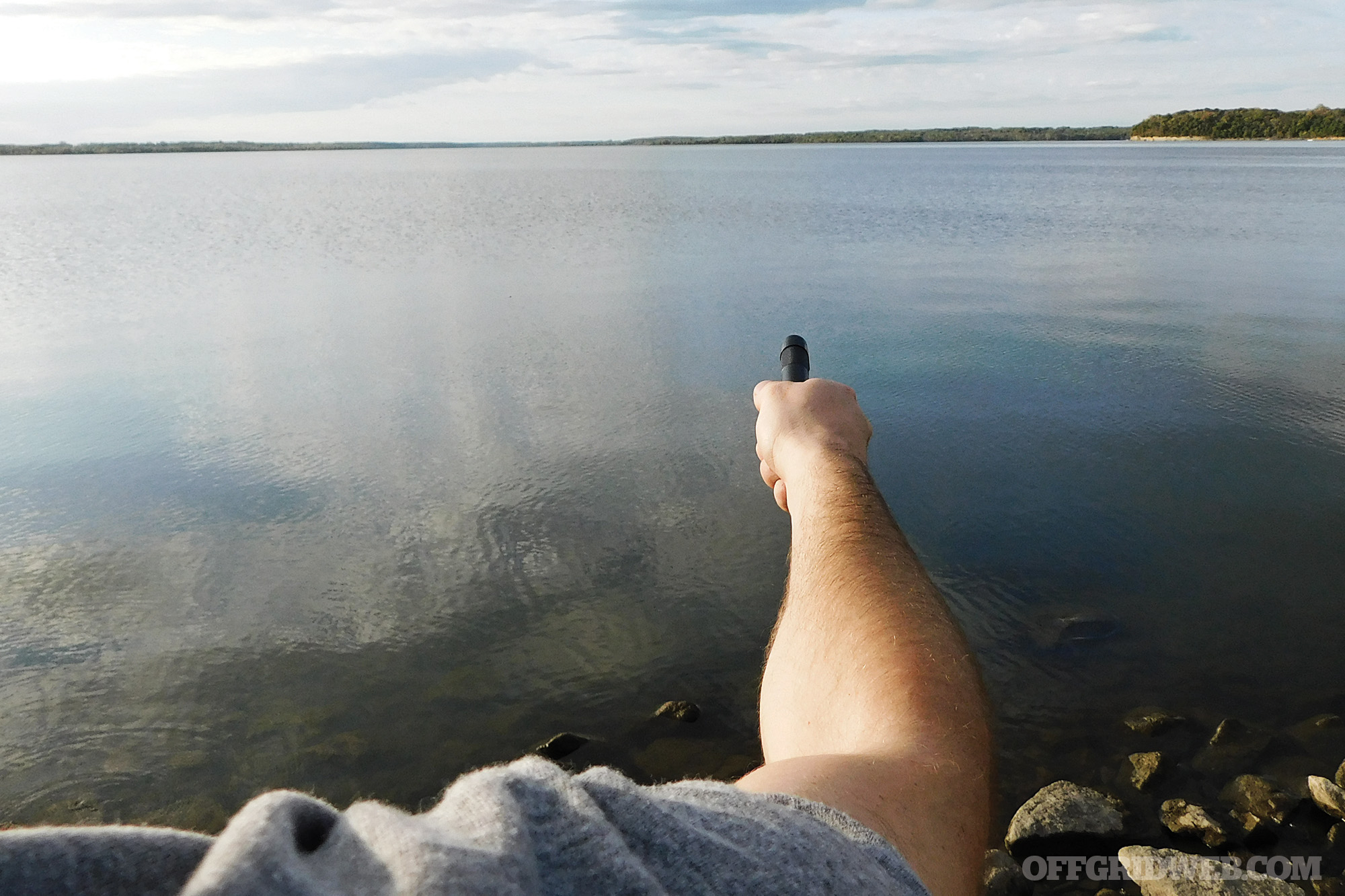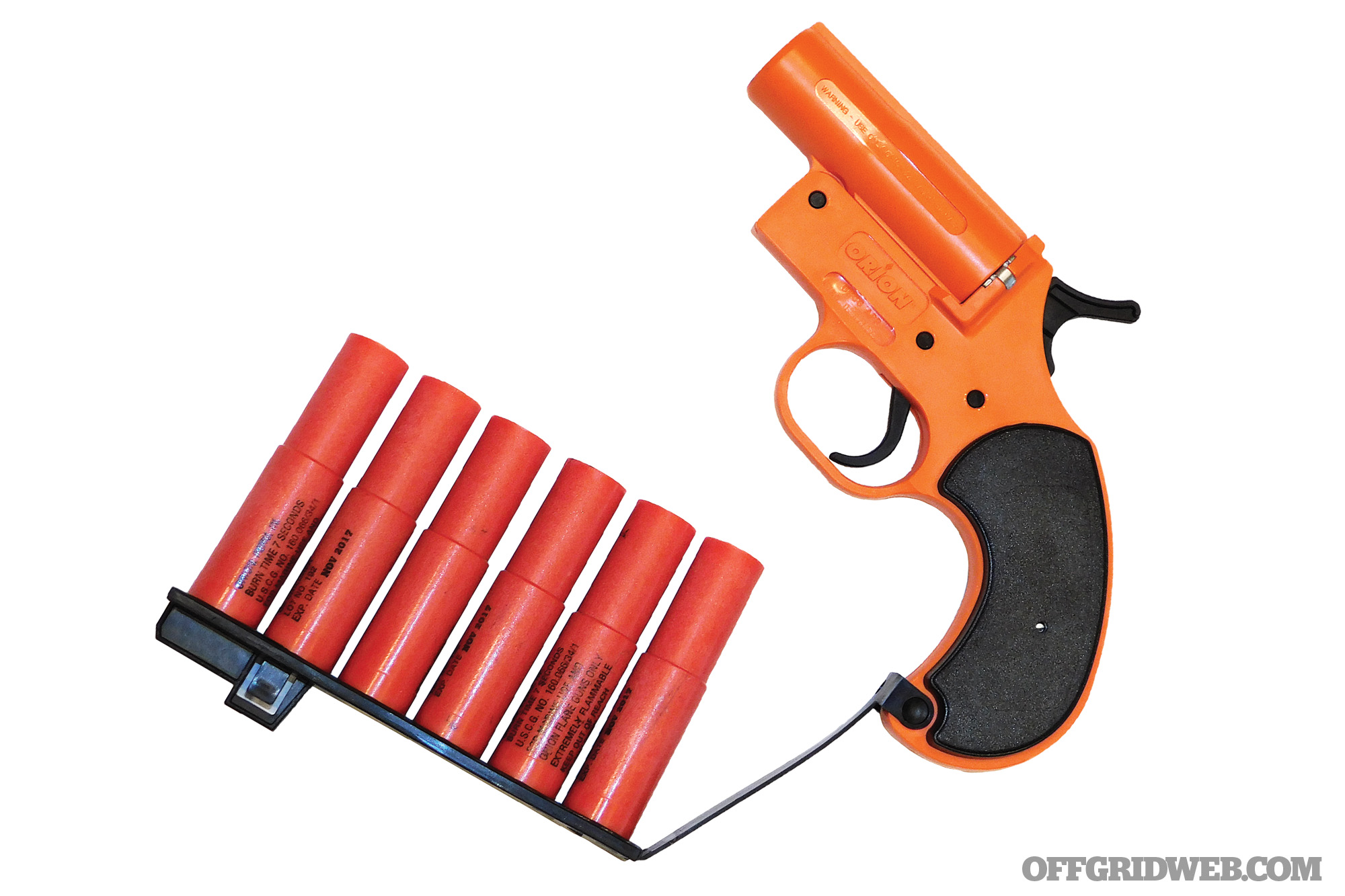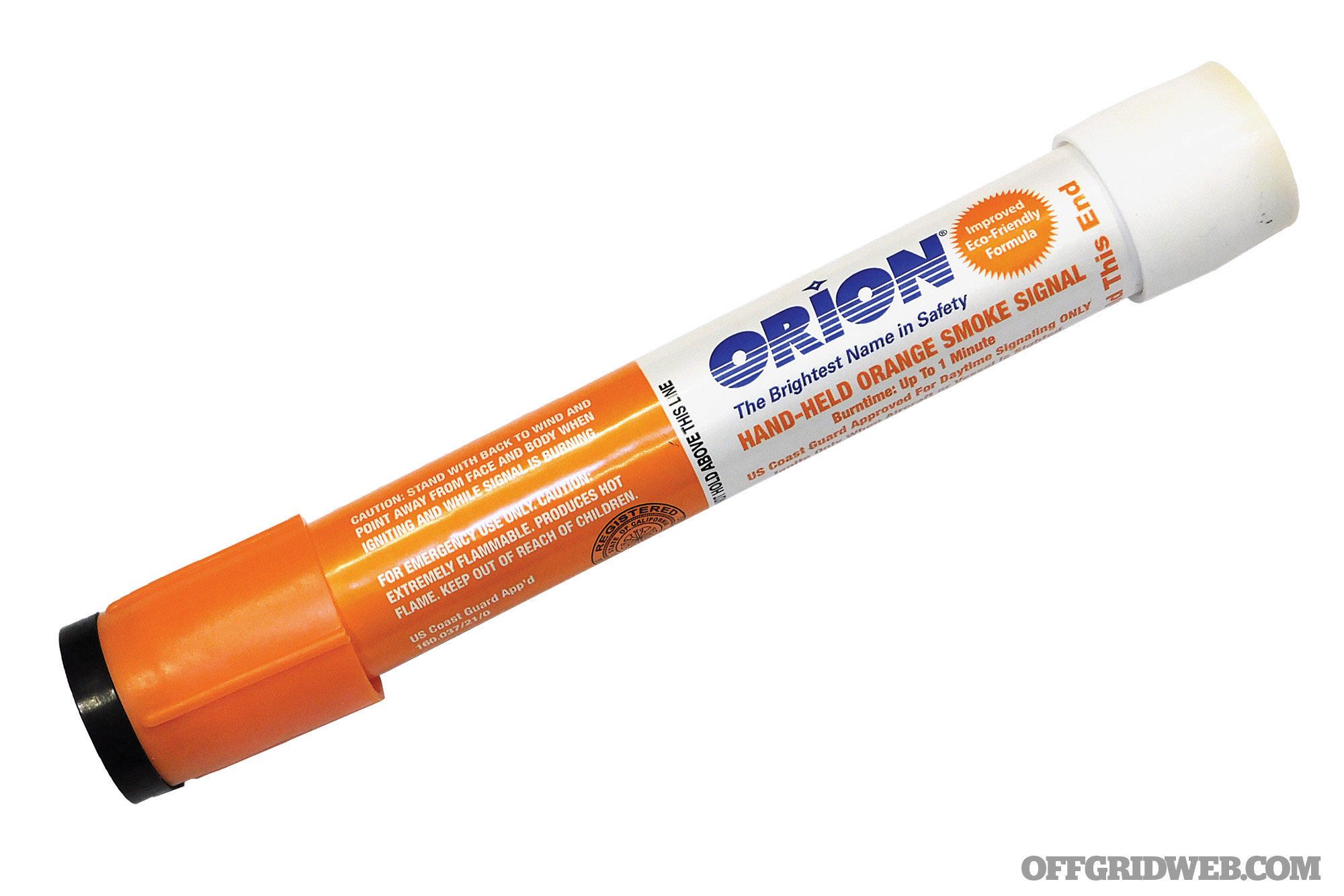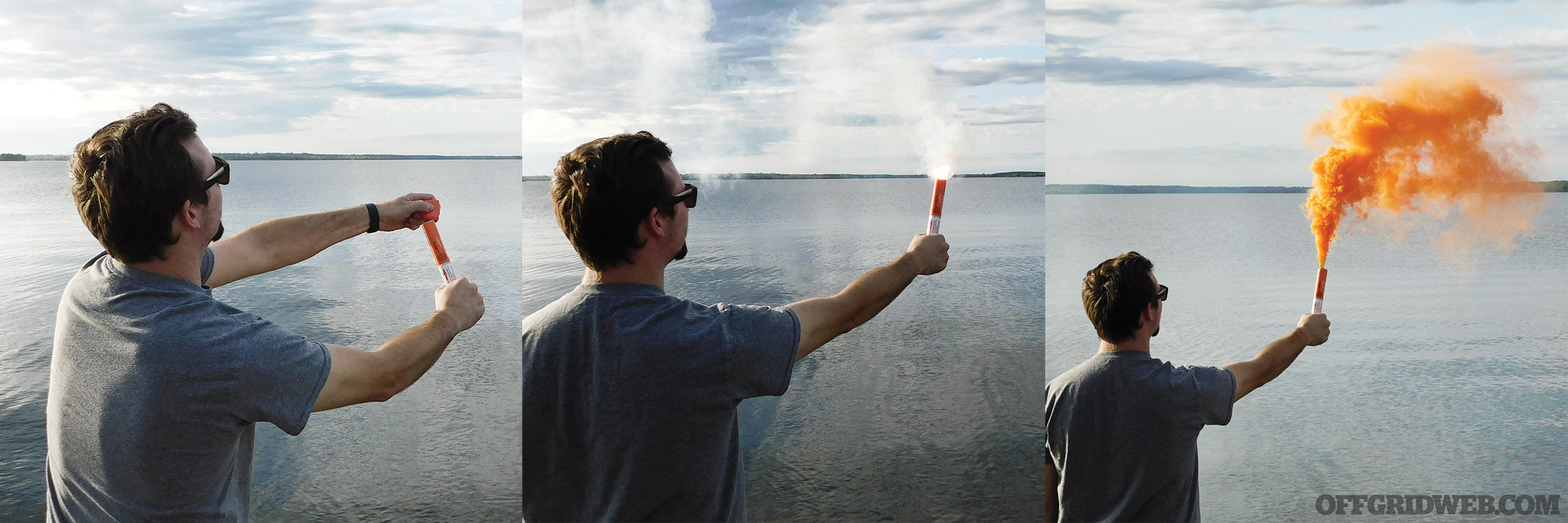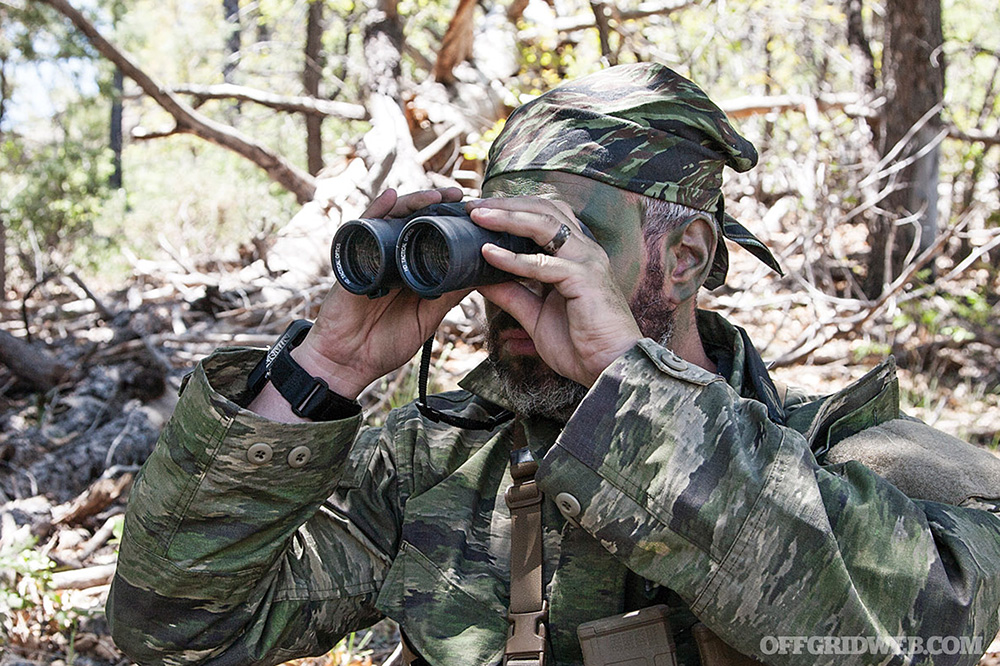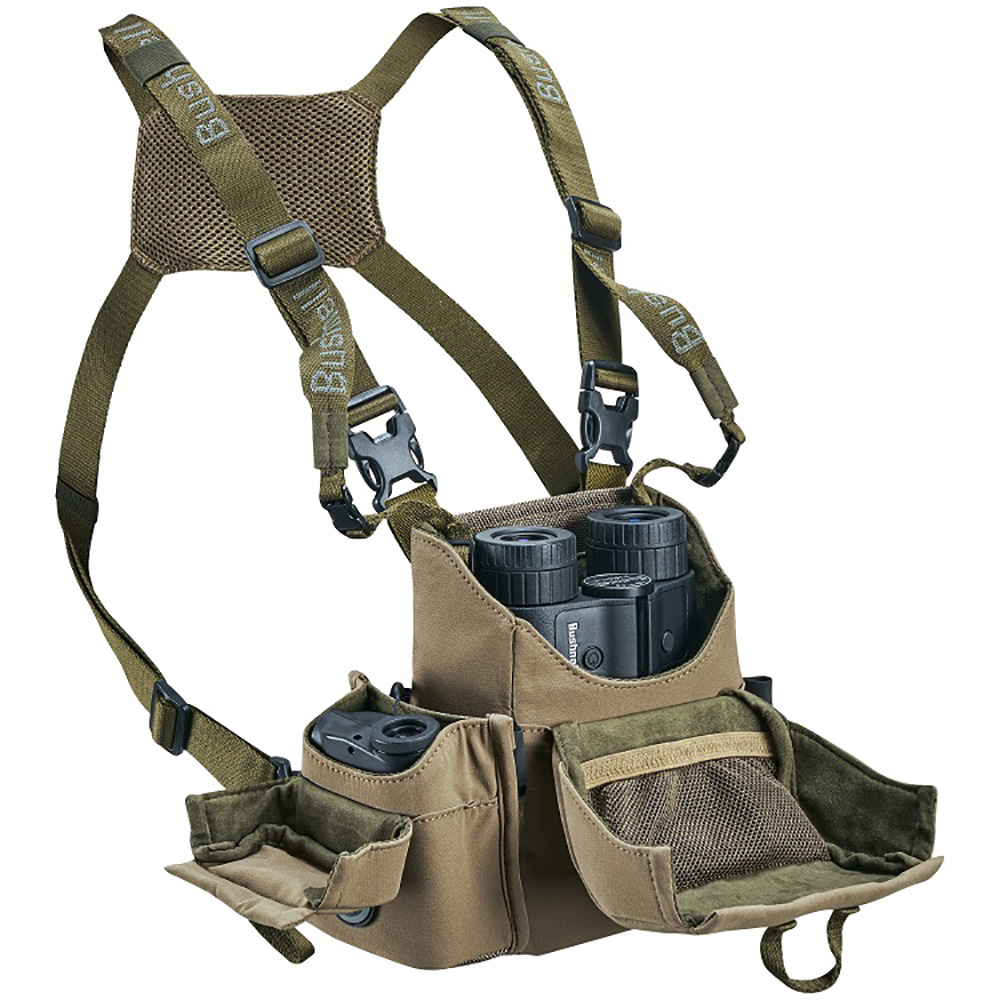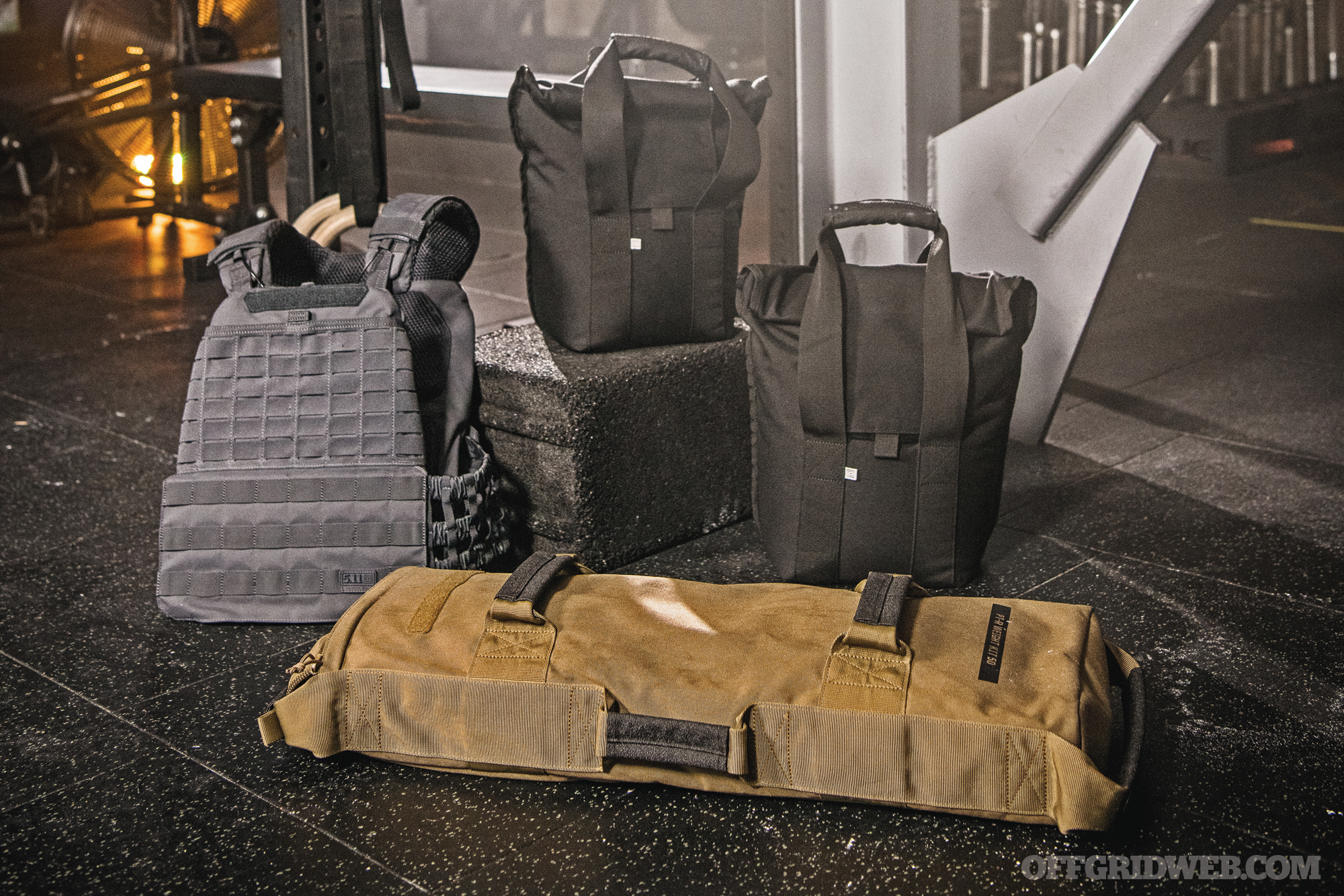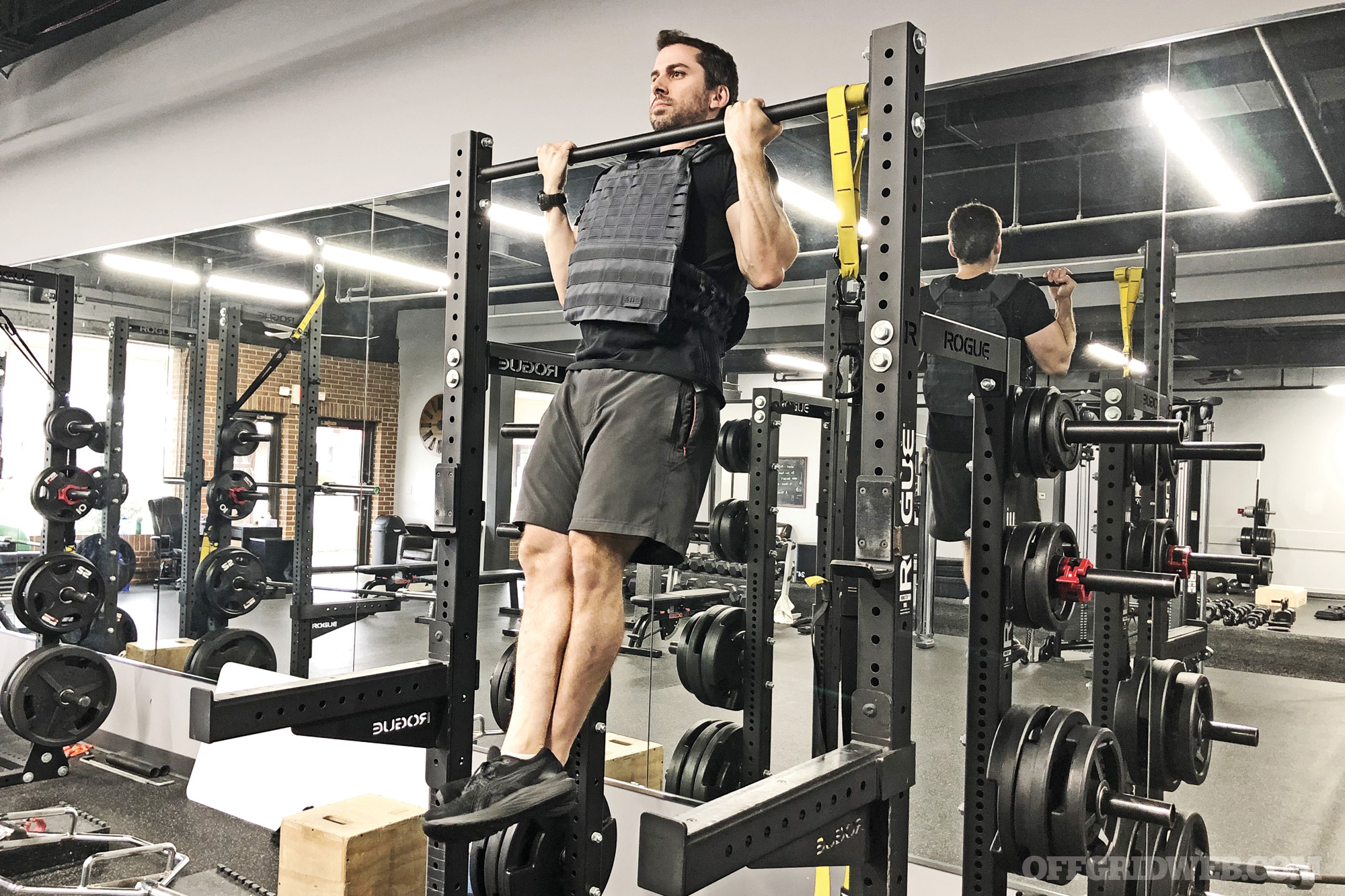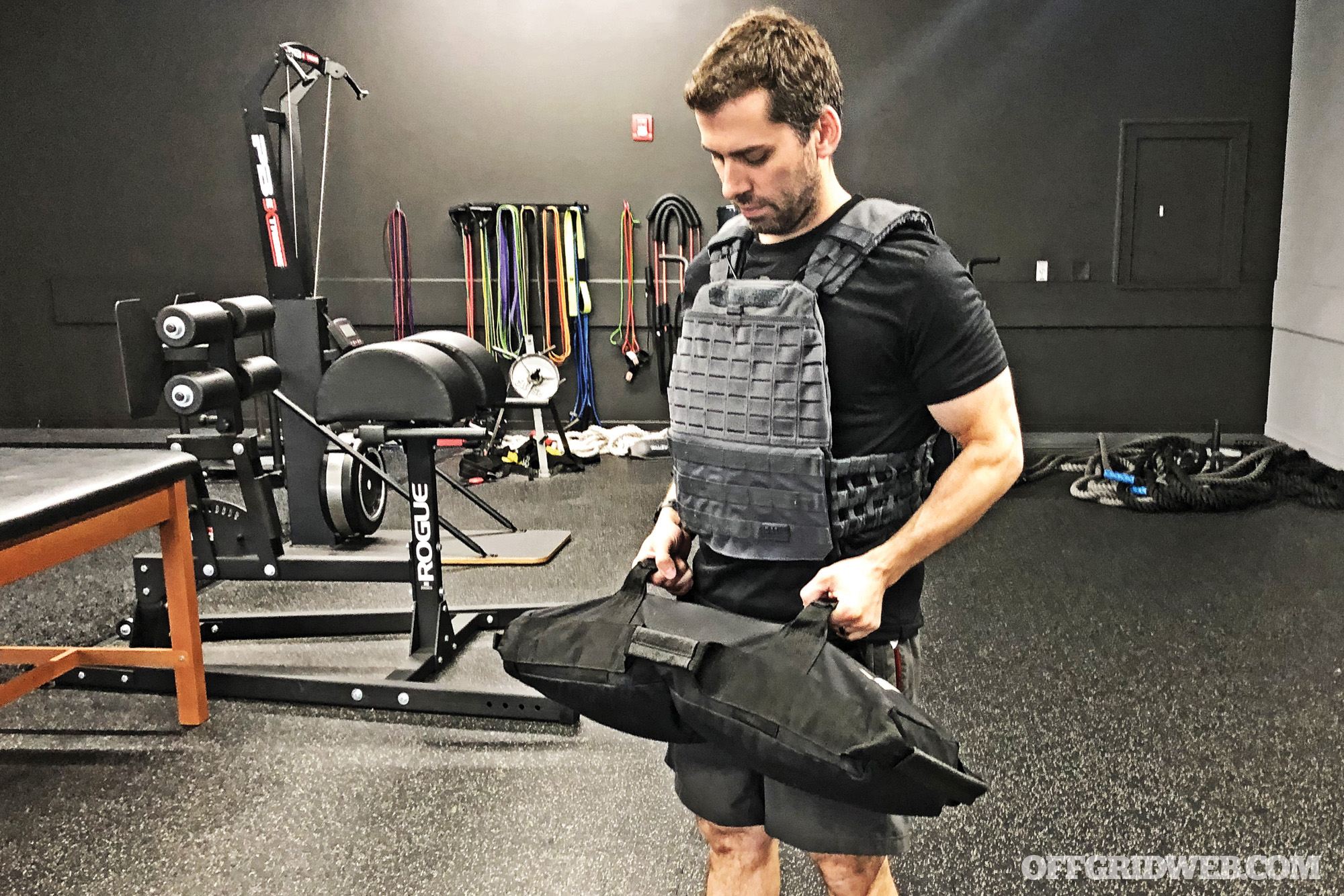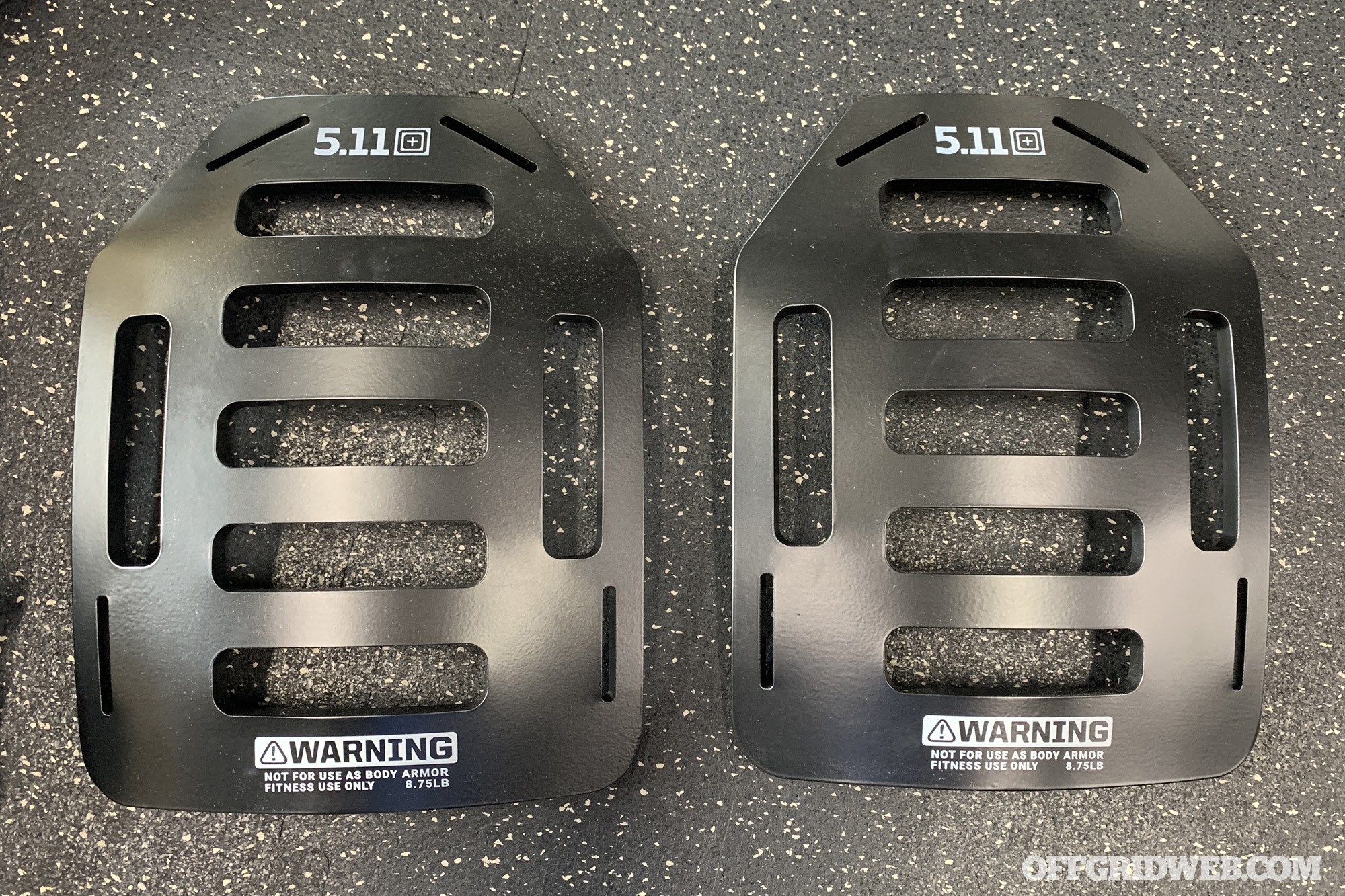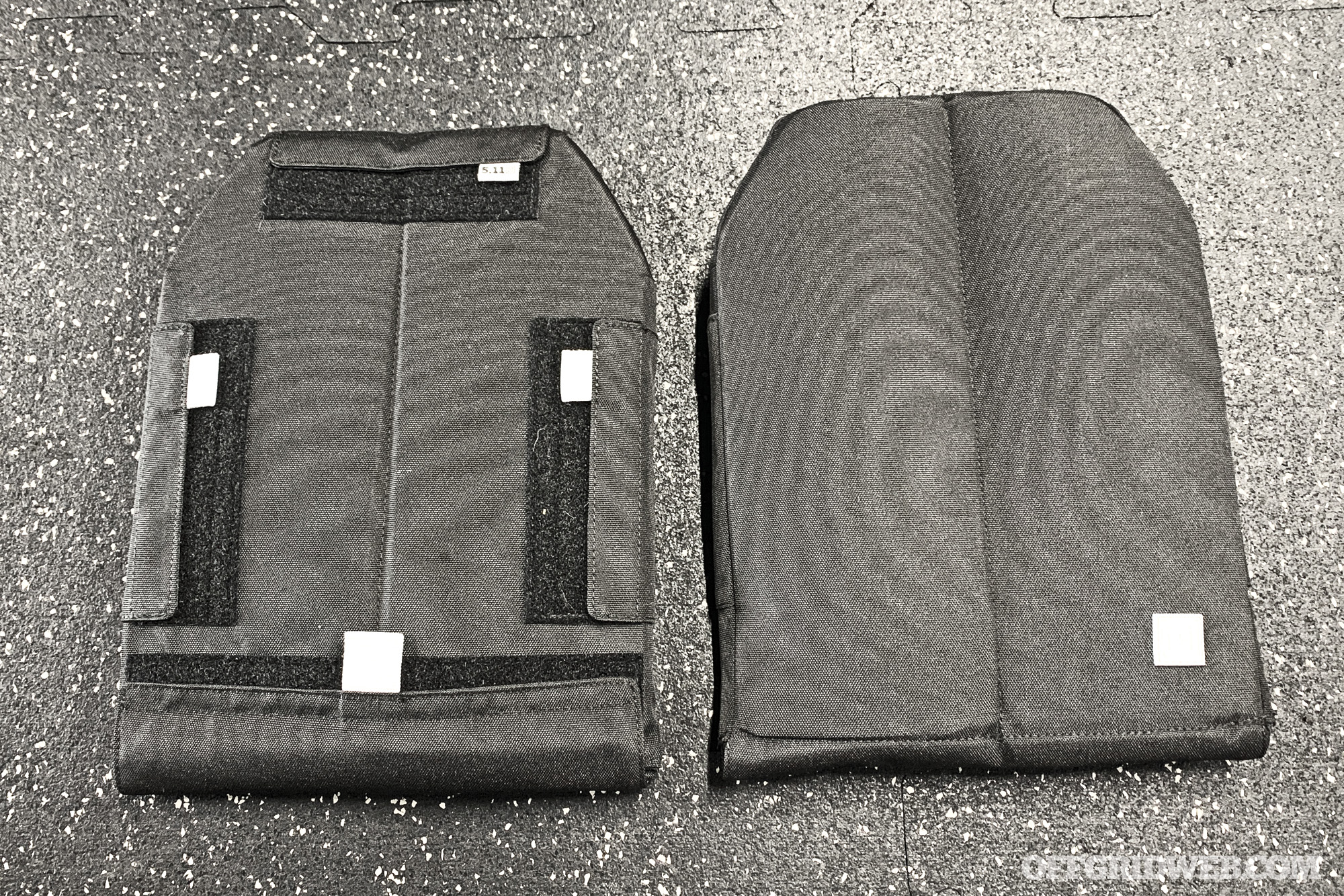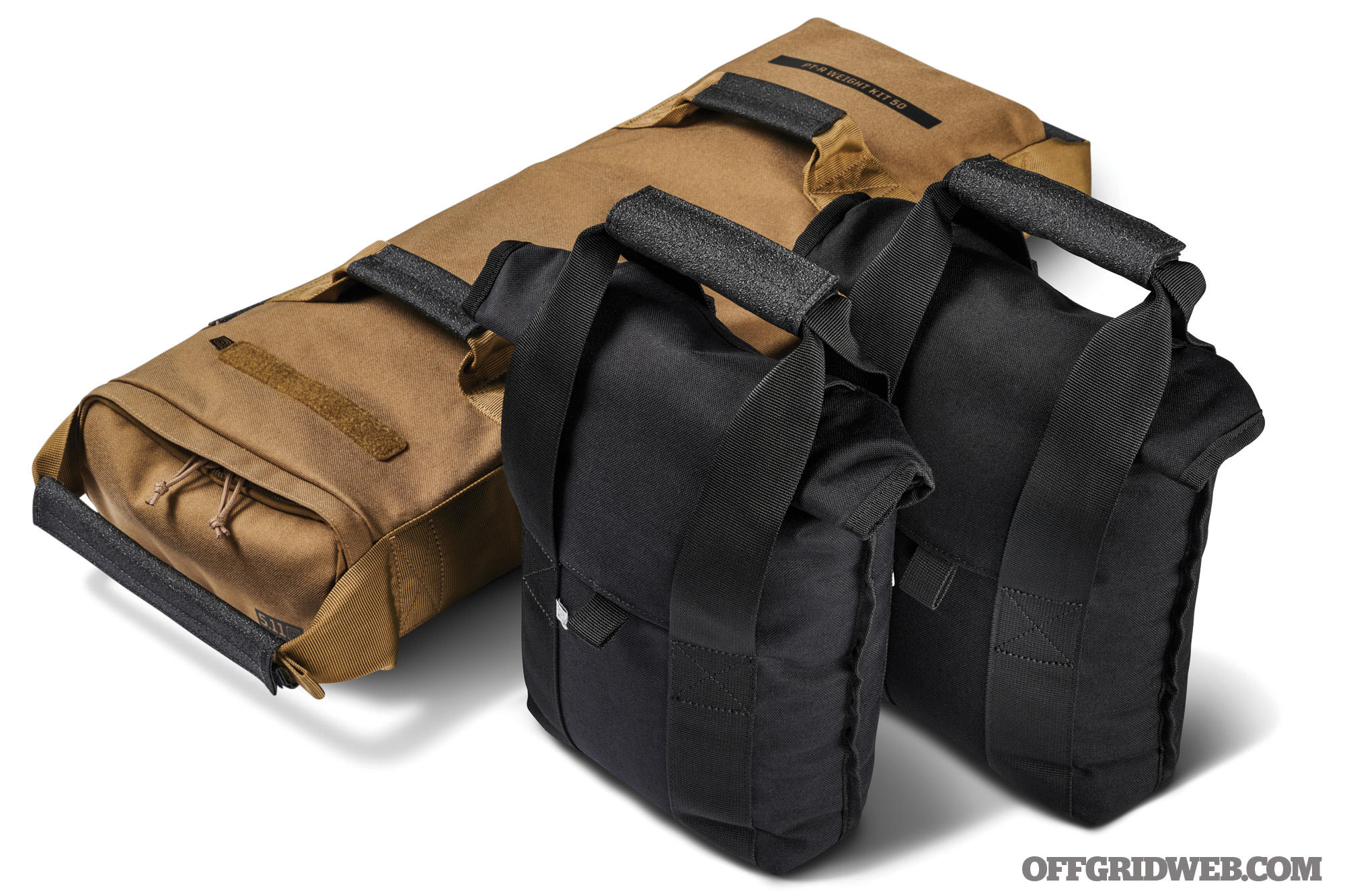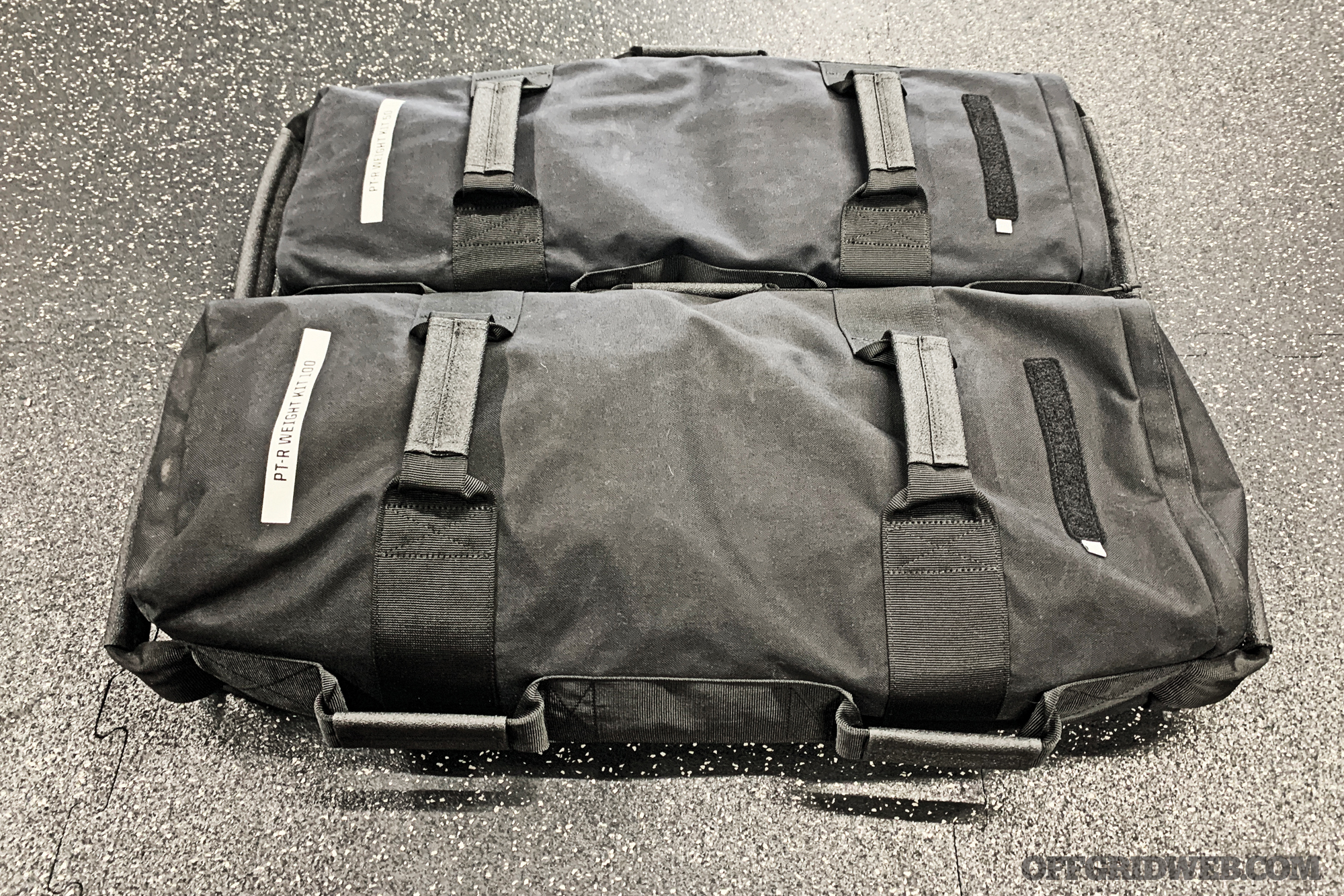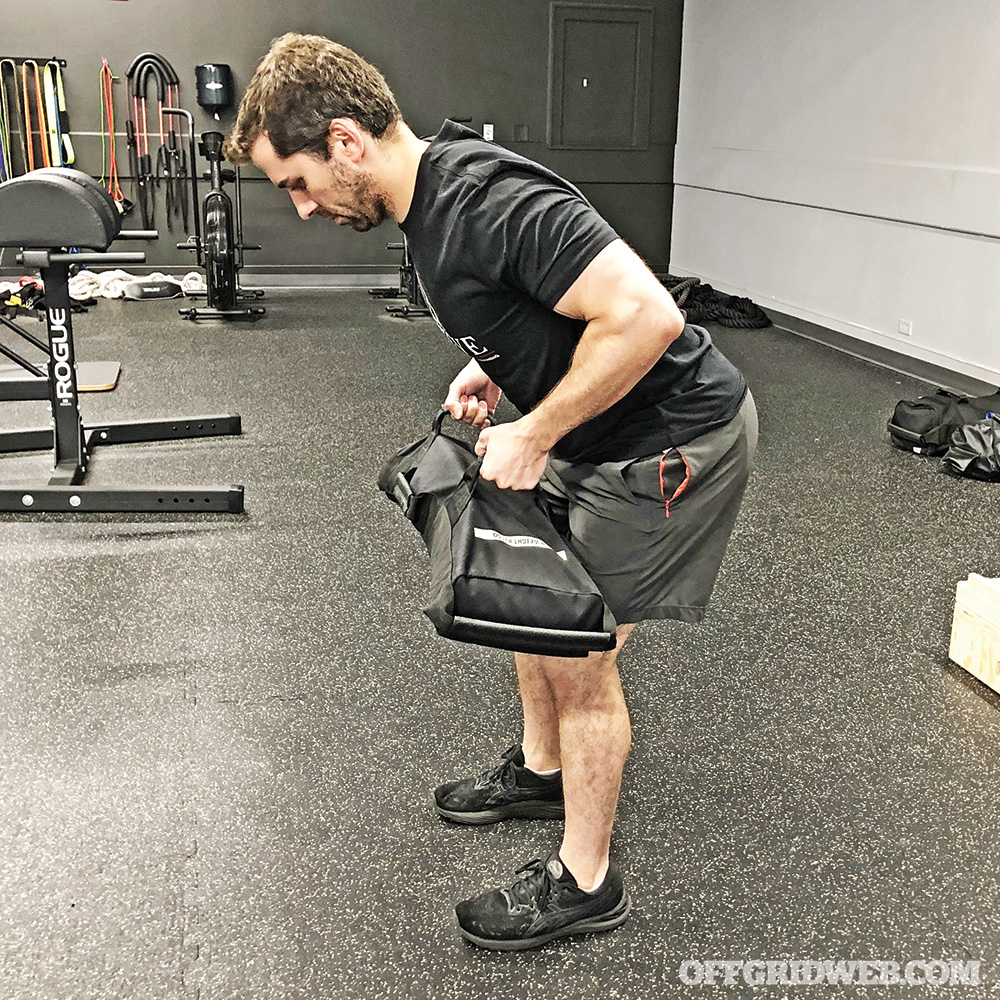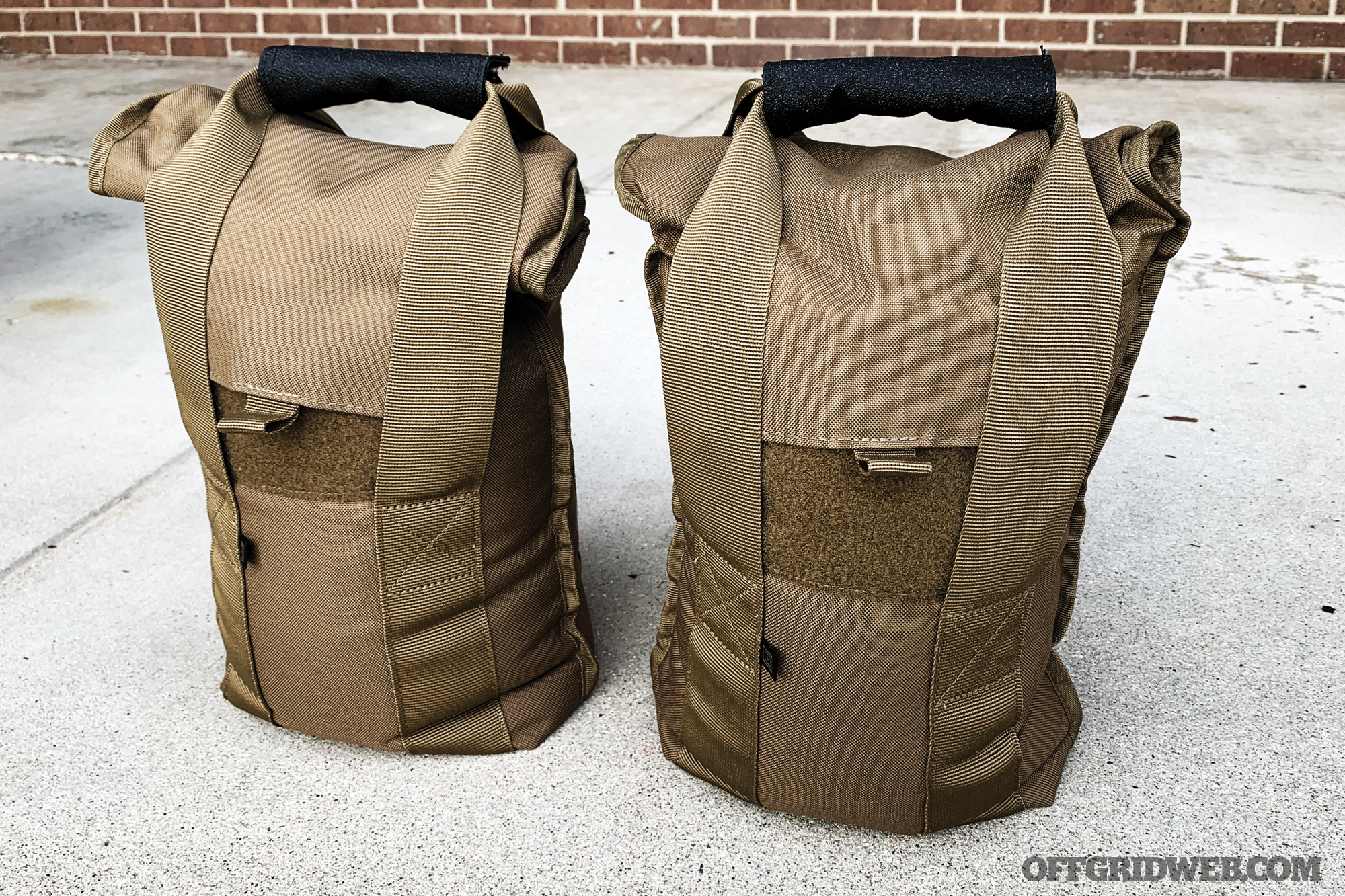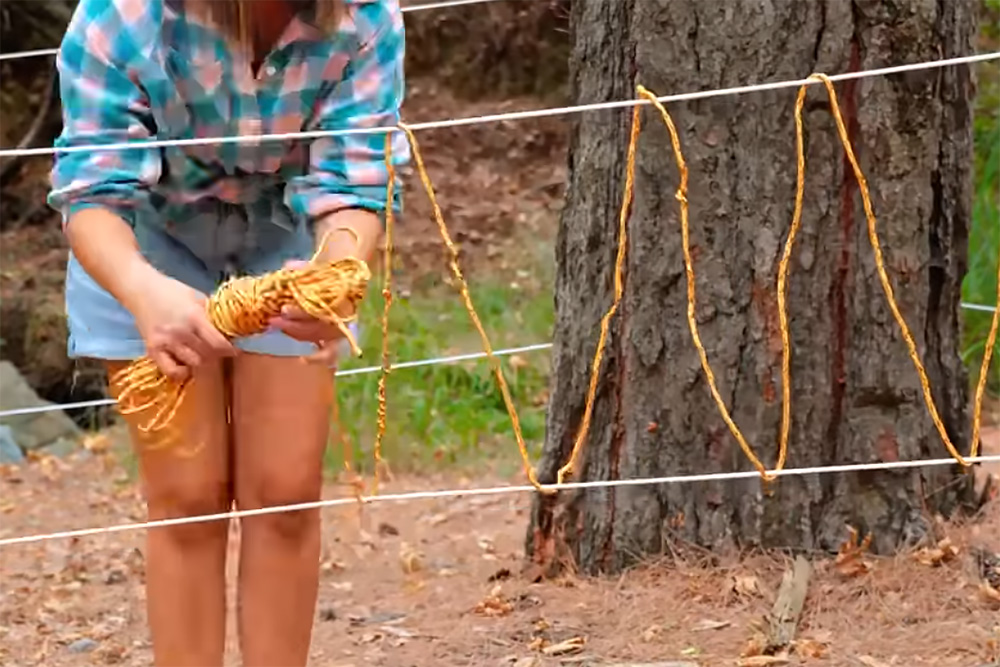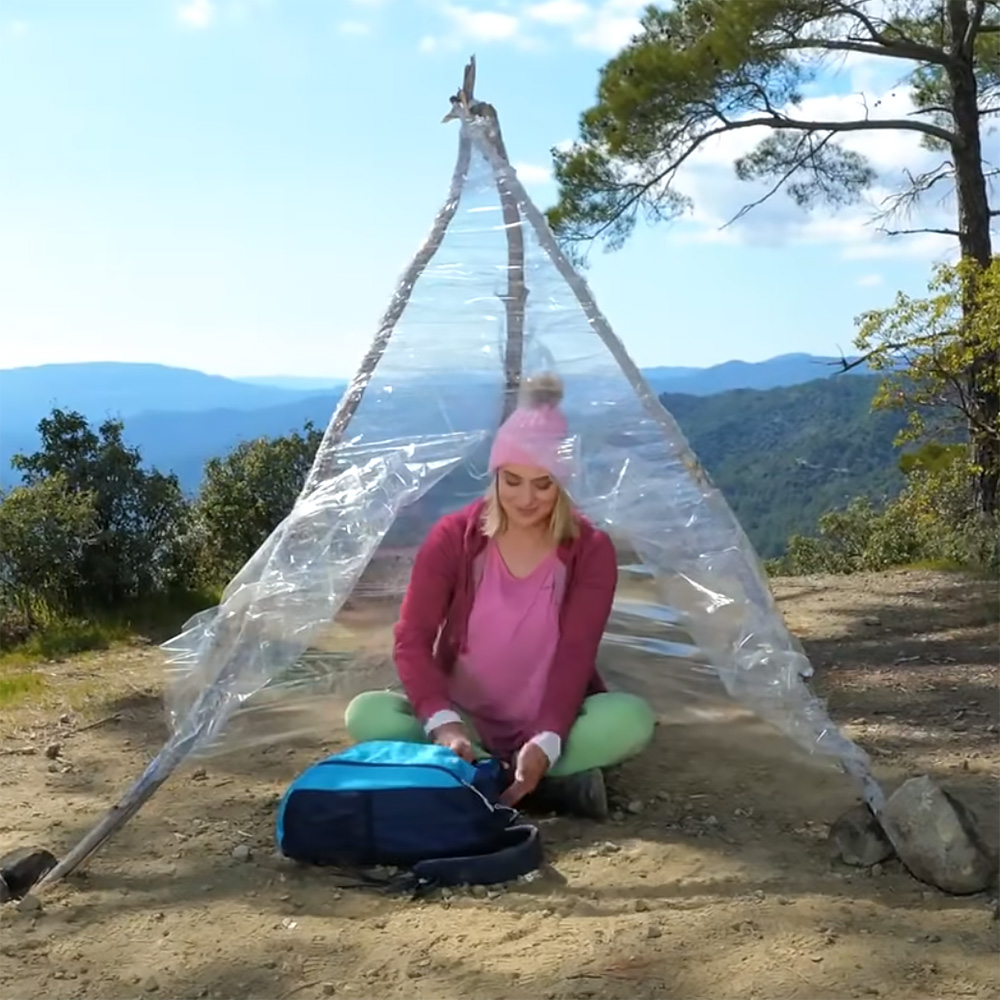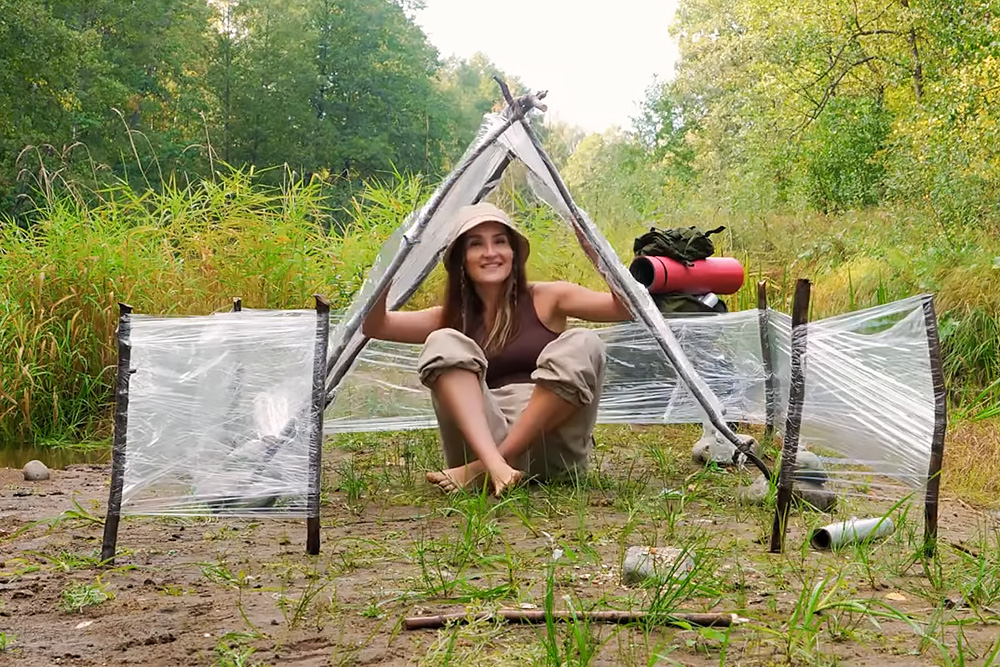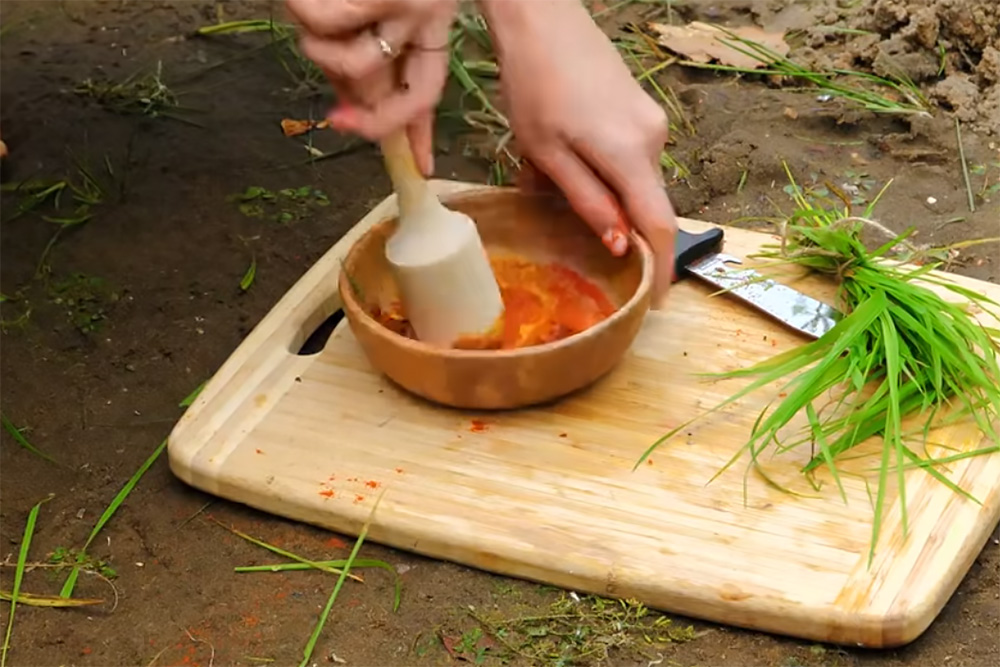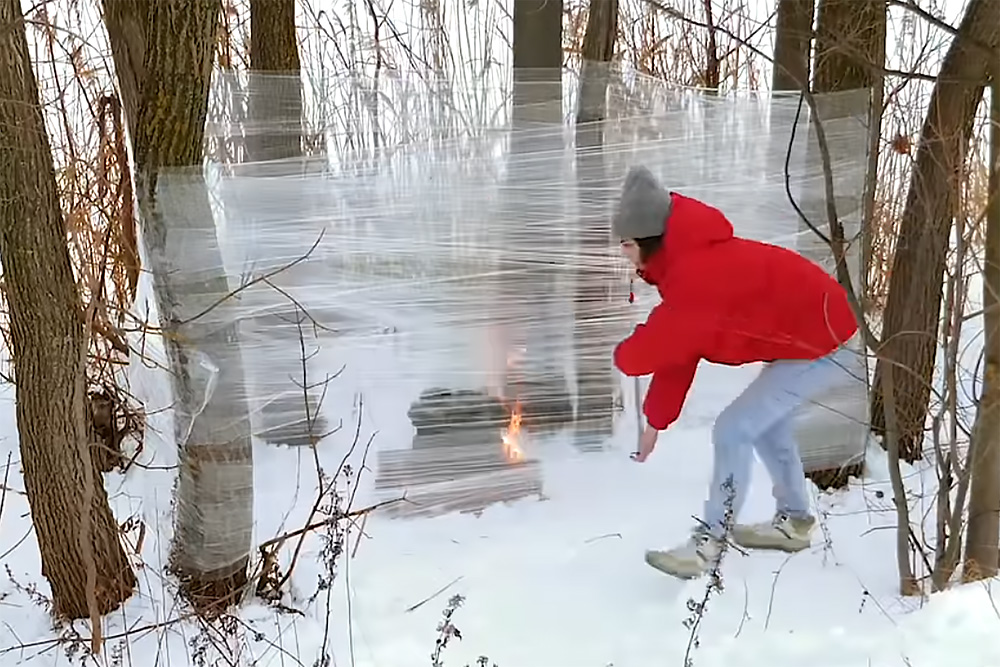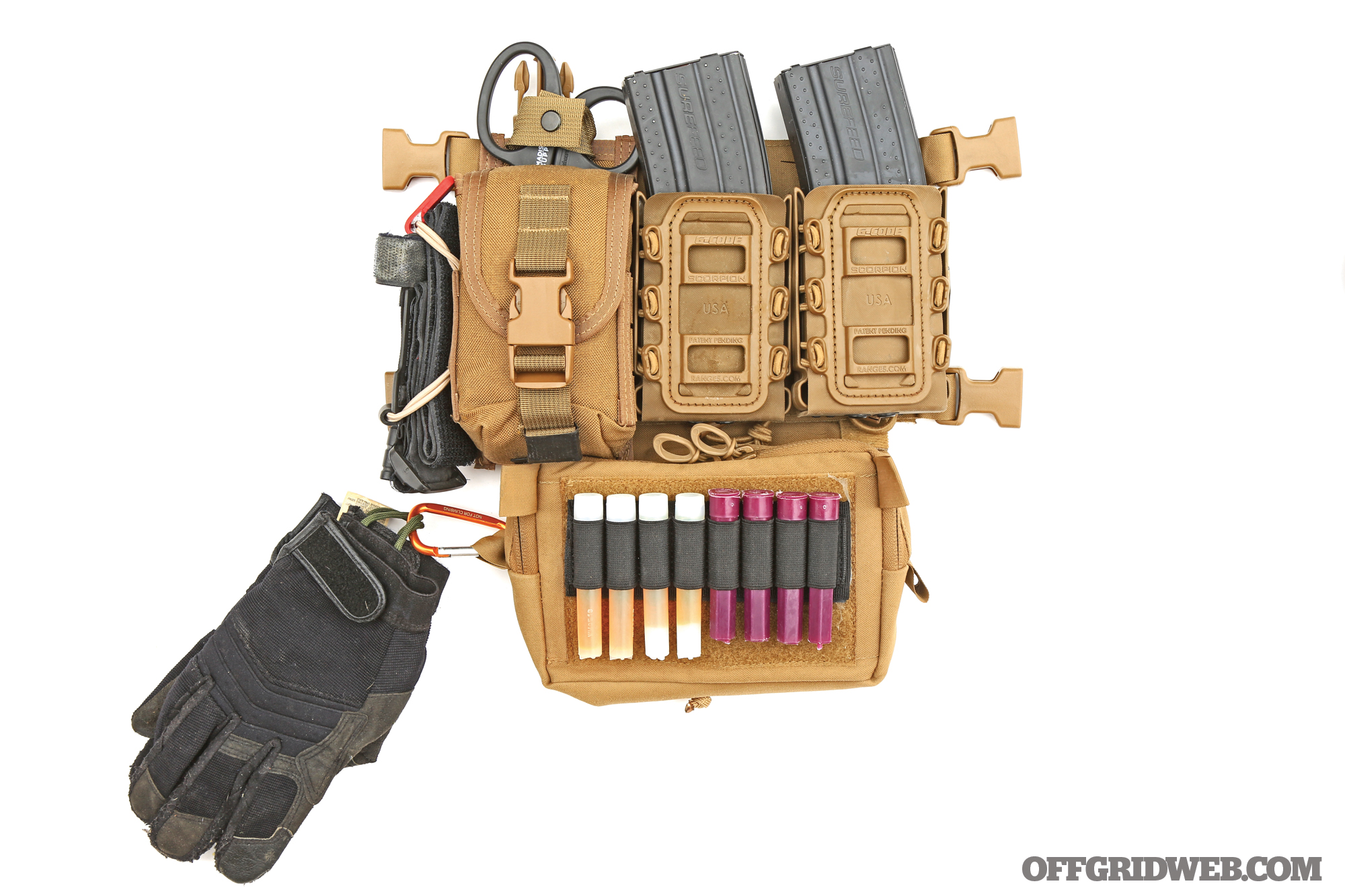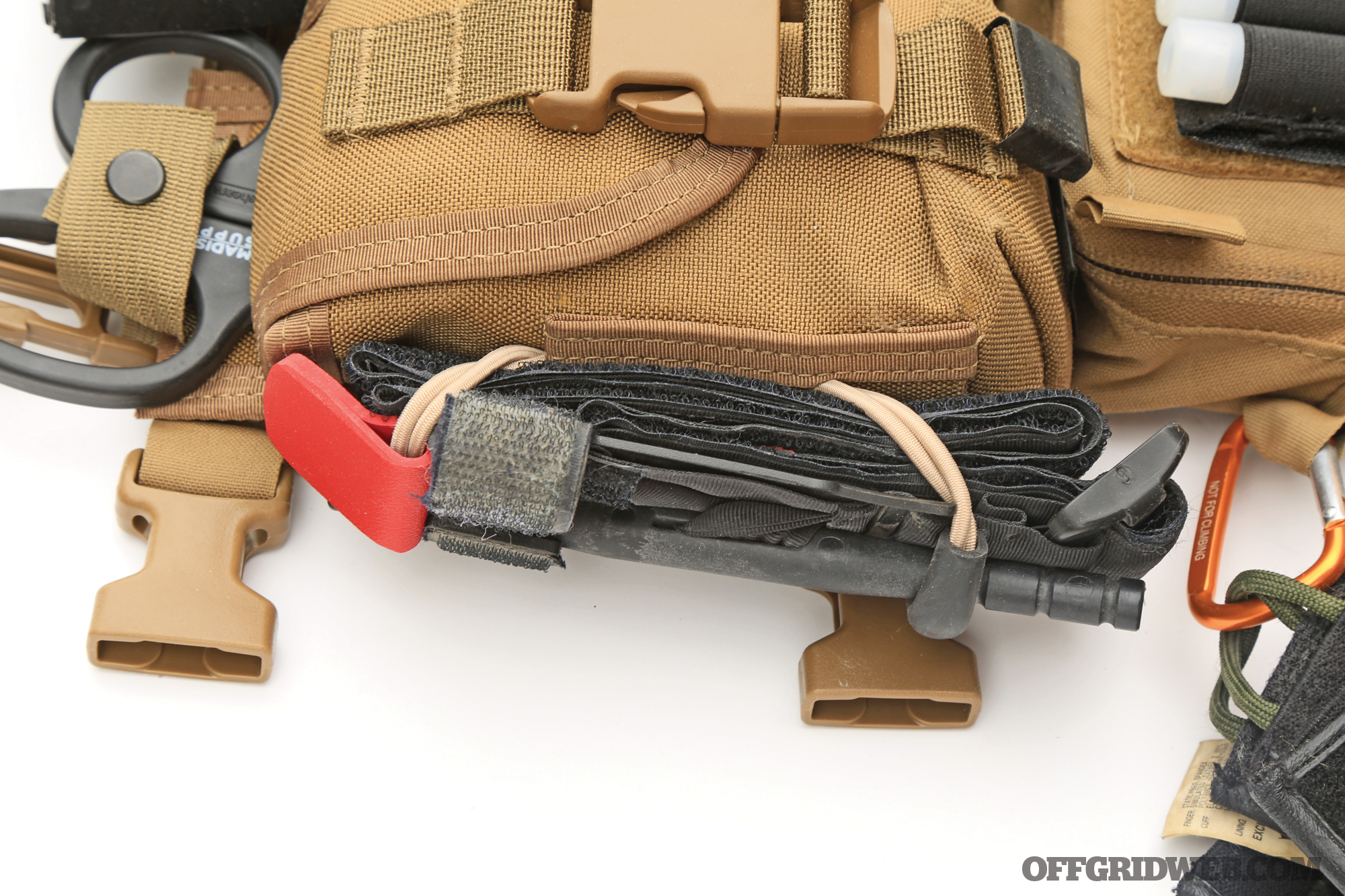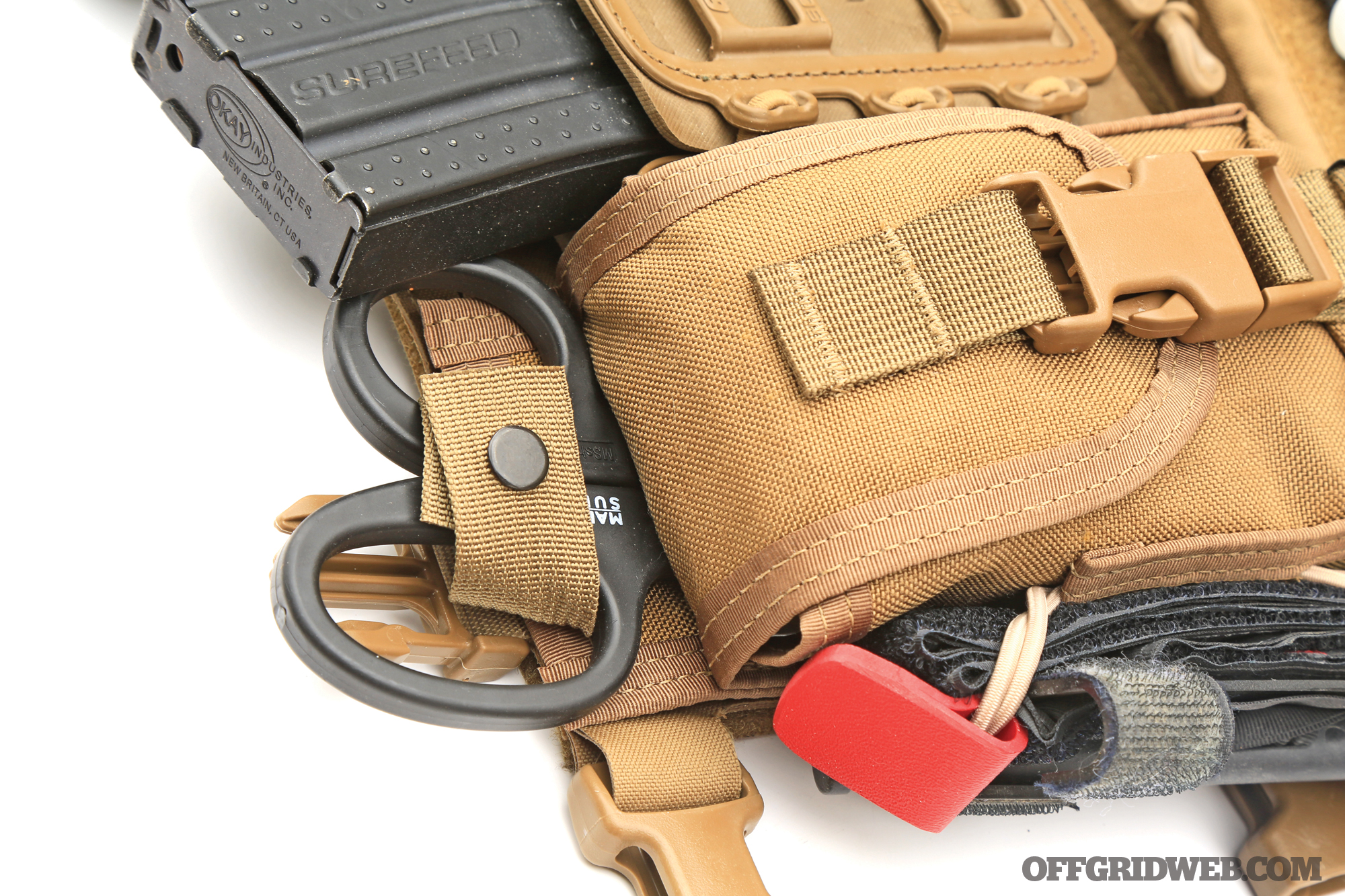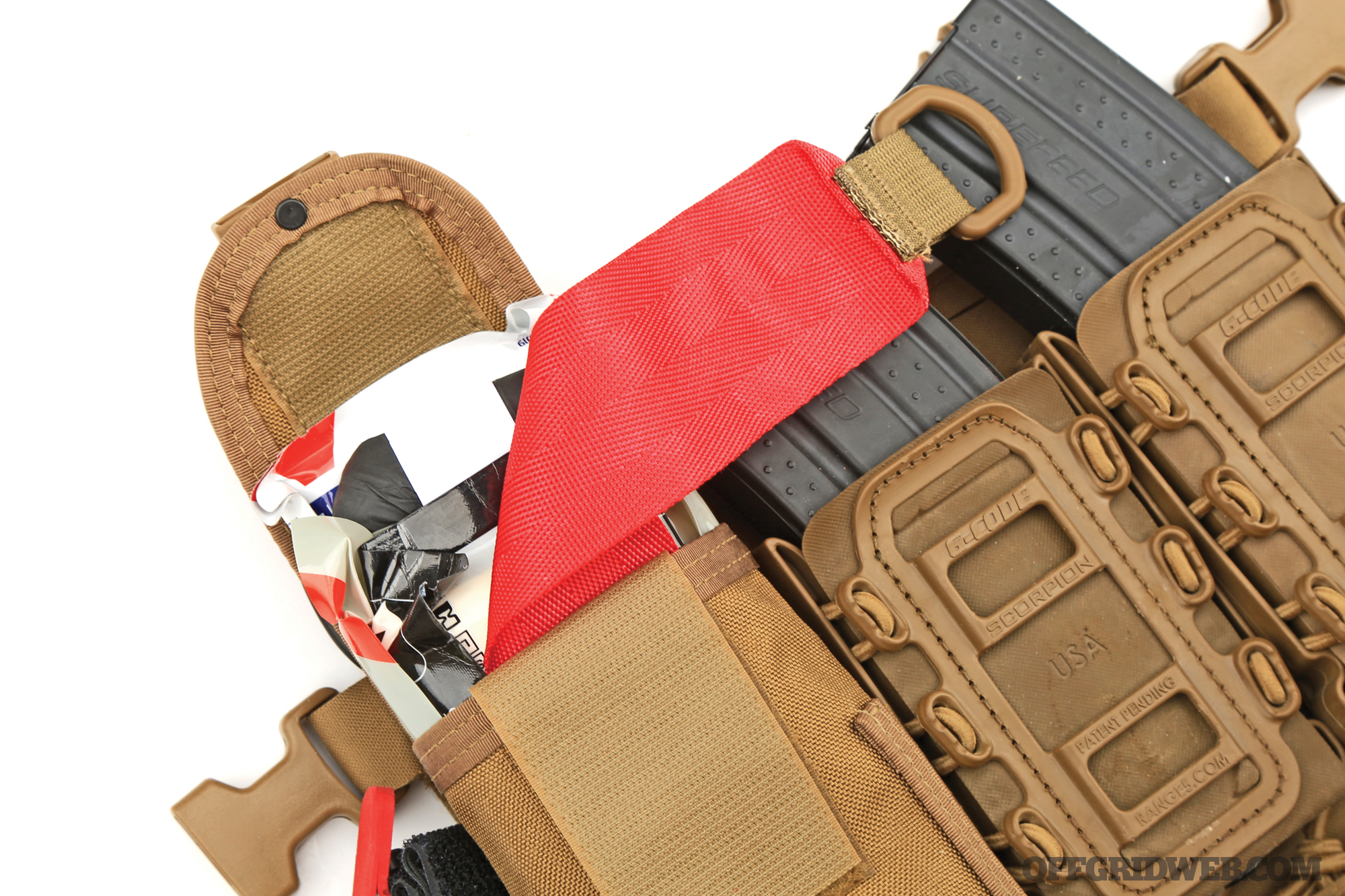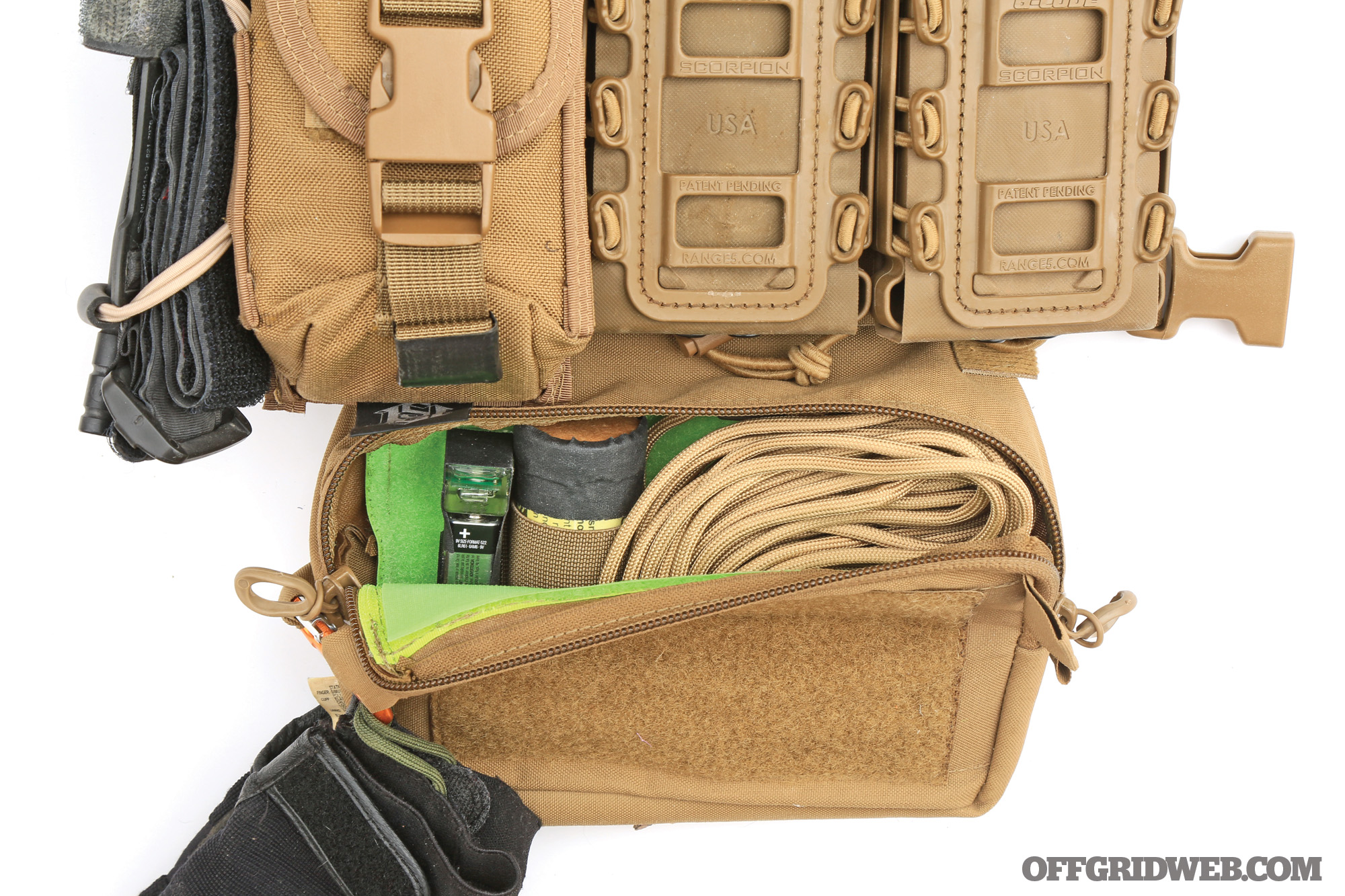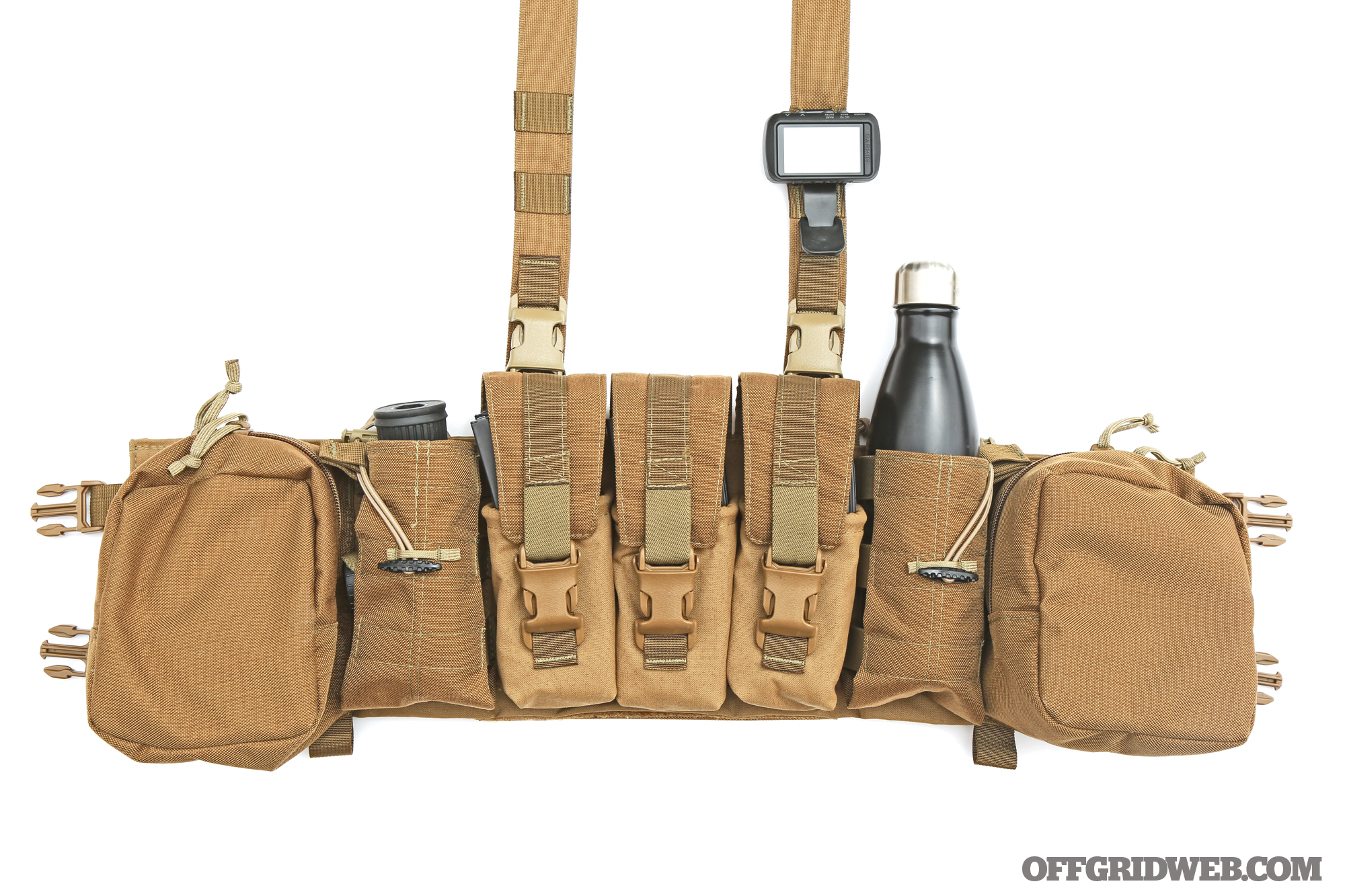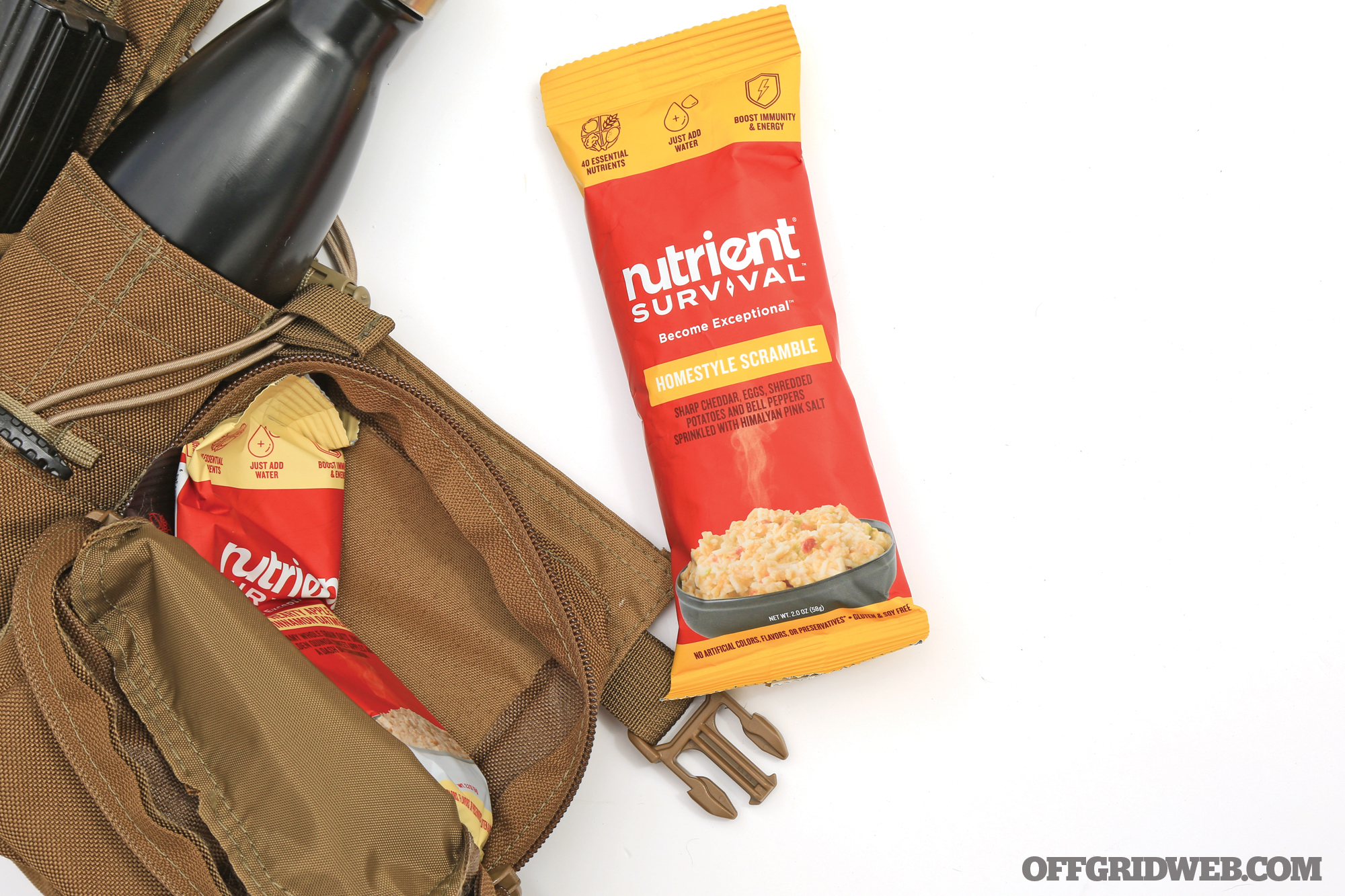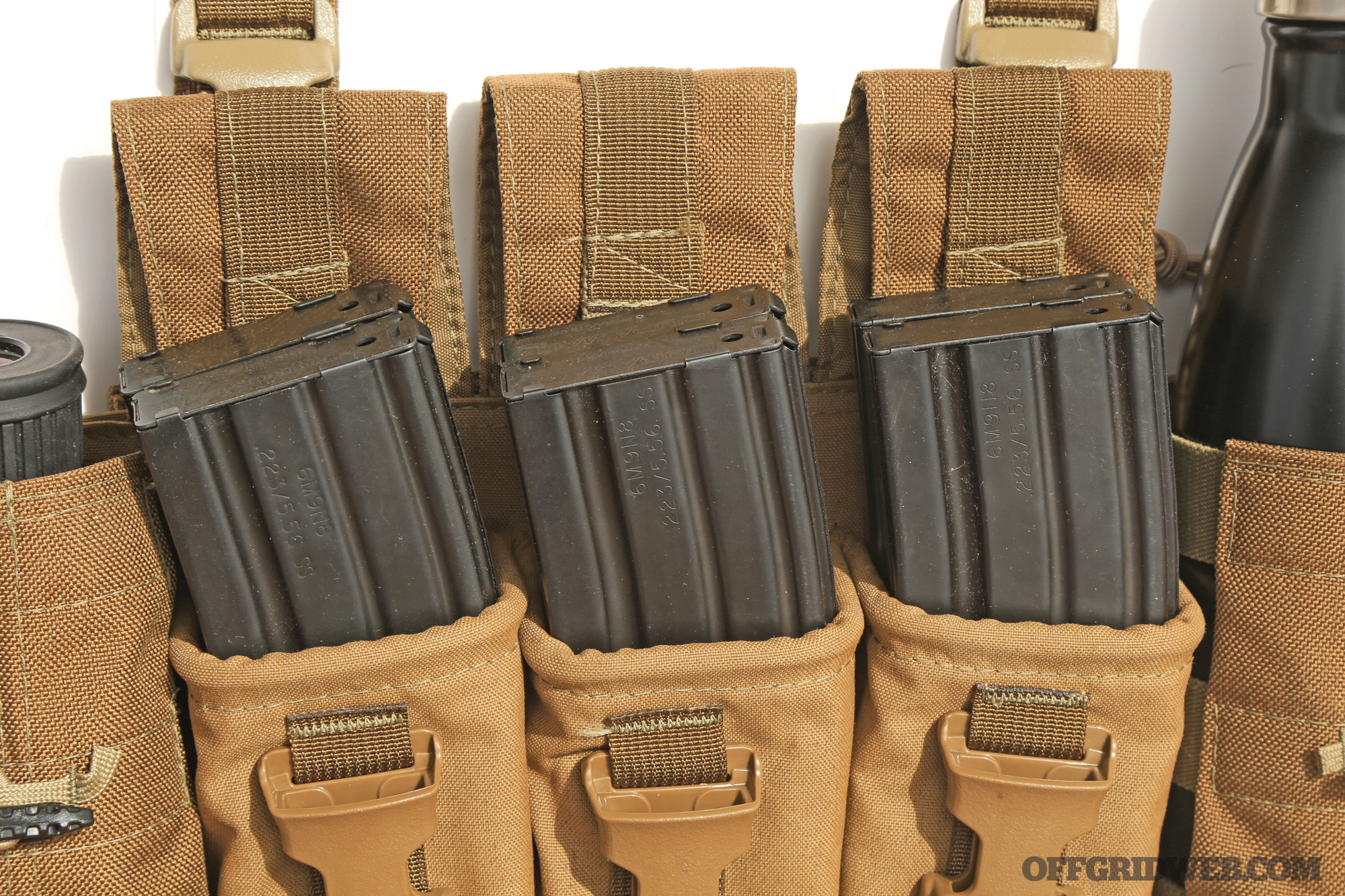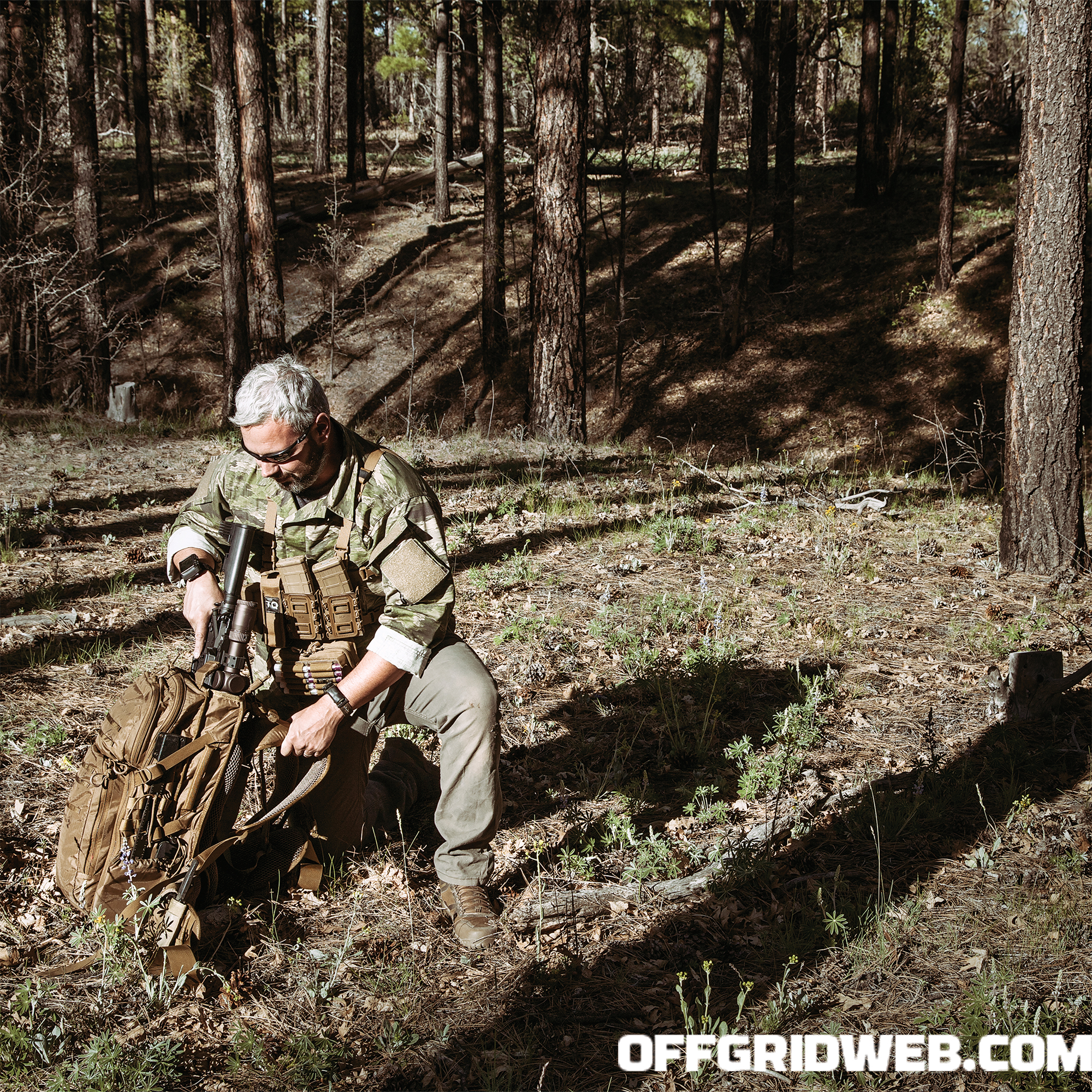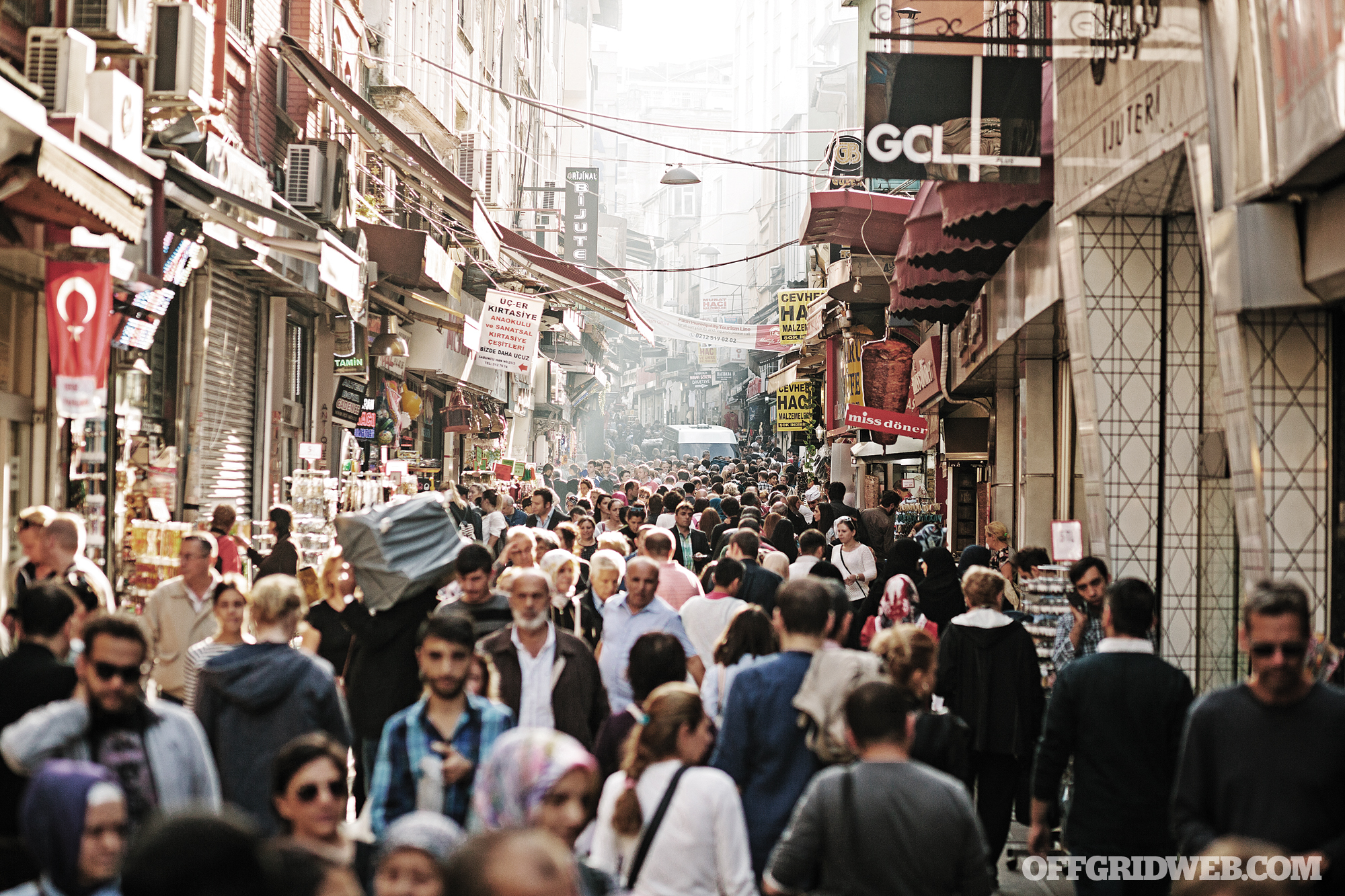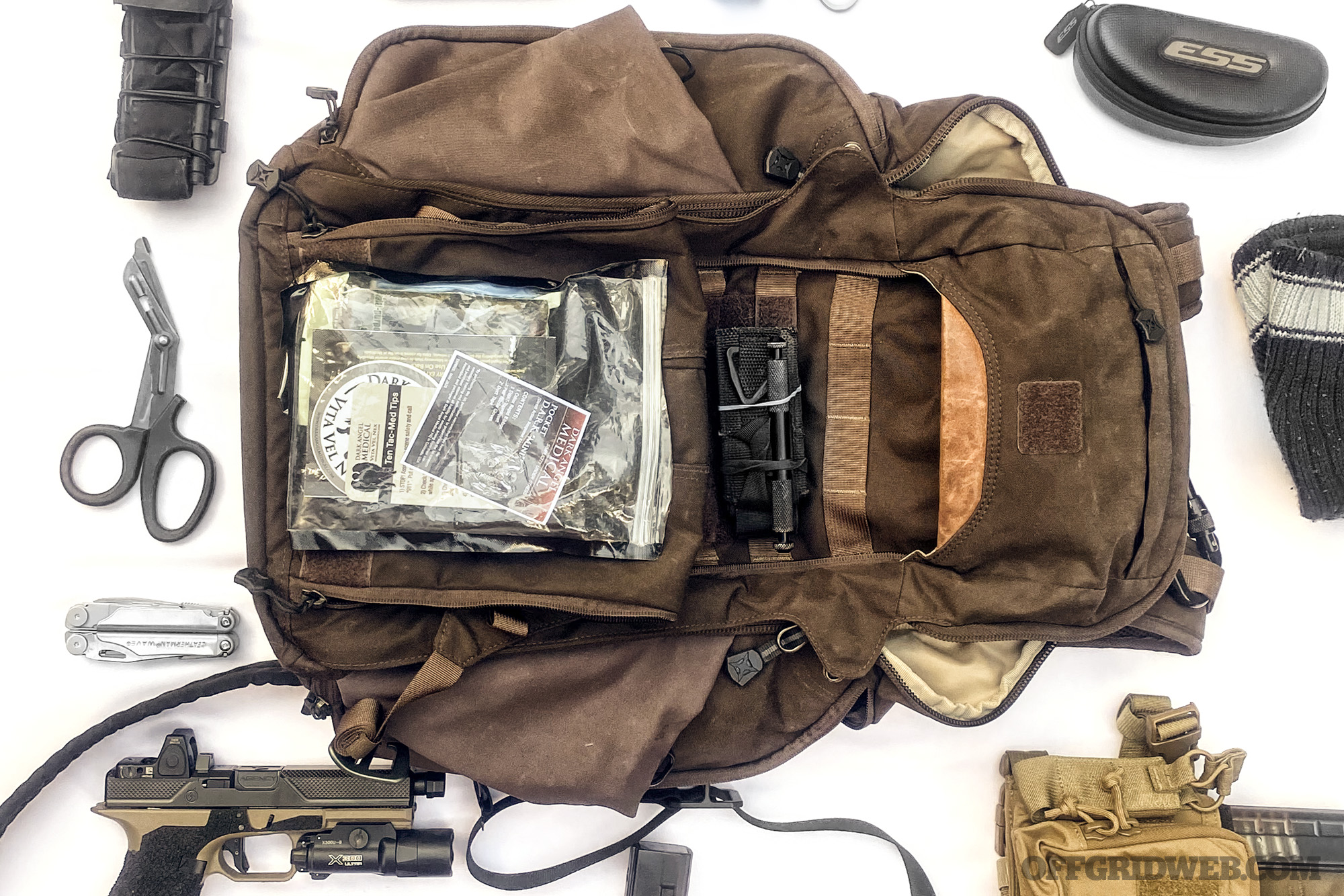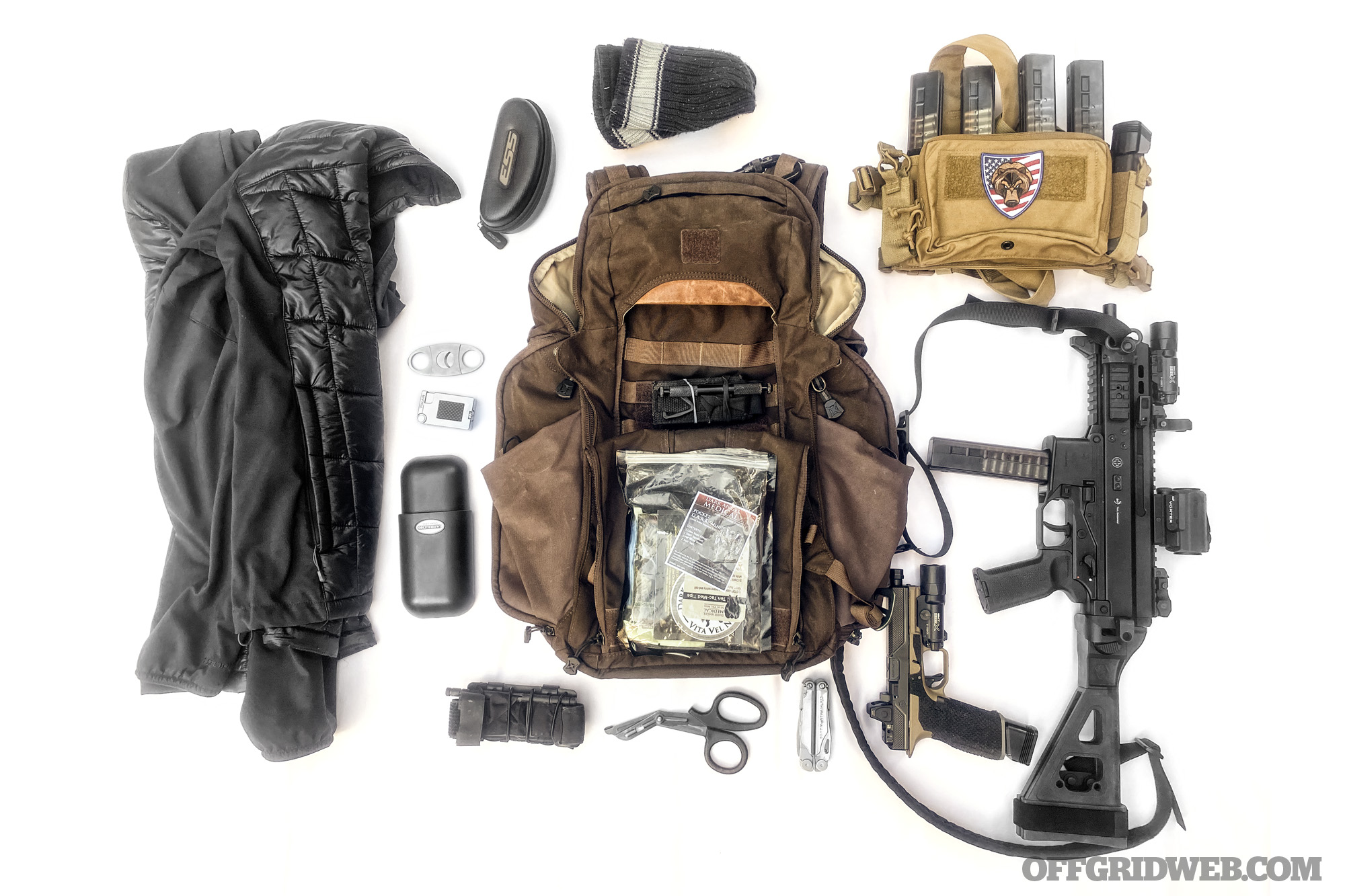In This Article
We’ve all heard the saying, “location, location, location.” Real estate professionals commonly employ this phrase to emphasize how the value of similar properties can differ substantially, depending on where those properties are located. In other words, with all else being equal, location can (and usually will) dictate the appeal and value of a structure or a parcel of land. To many people, desirable homestead locations often have certain traditional characteristics, including scenic views, stable neighborhoods, top-rated schools, proximity to quality healthcare, public transportation, entertainment, and shopping. Others might consider more practical things, such as safety, economic development, jobs, population density, taxes, personal freedoms, elevation, and maybe even the ability to live a sustainable, self-sufficient life.
When it comes to surviving a natural or man-made crisis, however, homestead location becomes even more significant, and there are many more factors to consider. Some of these elements can help you gauge if a particular location is desirable, and whether moving there can actually help you tip the scales of survivability in your favor.
In this article, we review some of the factors to consider when assessing homestead locations for livability and survivability. We also review some of the ways to you manage a process that can at times seem completely unmanageable and overwhelming: evaluating all the variables for relocating to a safer and more “survivable” location.
How a Homestead Improves Your Odds
When it comes to survival, where you choose to live, work, and play can make a huge difference. A preferred location can tip the odds heavily in your favor. A poor location, on the other hand, will most certainly have the opposite effect. The truth is, all locations come with some level of risk, and all will require some degree of adjustment and compromise.
Life holds absolutely no guarantees for any of us. The very best any of us can hope for is to take steps that afford us every possible advantage. We are, in effect, playing the odds and hoping that those odds come out in our favor as much as possible. This isn’t rolling the dice; it’s more like “loading the dice.” While there are many things that you’ll never be able to control, there are also many other areas where you actually have options; and here’s where you should focus the majority of your attention.
Choosing a Property with Due Diligence
All important decisions should begin with thorough research, and an accurate assessment of the facts. In order to make solid, well-reasoned decisions, you’ll need not only information, but accurate, well-researched information. This process will help you gather, study, weigh, and consider as many of the variables as possible.
Above: Strategic Relocation, North American Guide to Safe Places, 4th Edition by Joel M. Skousen and Andrew Skousen has long been a go-to resource for relocation research. In the 4th Edition, the authors have updated the state-by-state reviews to reflect demographics and other significant changes.
For purposes of this article, here are some factors to consider:
Patience: Give yourself sufficient time to do solid research on a location, and to digest and analyze your findings. There will be lots of unknowns that gradually reveal themselves as you conduct your research. This is probably the most significant part of the process. If you rush it, you’ll short-change yourself.
Objectives and priorities: If you don’t clearly define what you’re looking for, you’re not likely to get it. Outline your objectives/priorities and keep that list front and center.
Keep an open mind: Never begin your research with bias, or preconceived notions of what you think, or hearsay. Look at everything with a “fresh set of eyes” and with absolutely no prejudgment.
Test your information: Throughout the course of your research, you may run across conflicting and contradictory information. Treat all this data, regardless of its source, with a healthy dose of skepticism.
Document your findings and keep good records: Start a file for each state or area that you’re considering, and organize your findings in an easy-to-access spreadsheet/folder. You’ll likely go back to the same information many times. It’ll be far more effective and efficient if you organized your findings from the very start.
Homestead Considerations
What’s the best location for increasing your chances of surviving a natural or man-made crisis? The simple truth is that there’s no “best” location. Every place, no matter how attractive it may seem at first, will have its pros and cons. What you choose will depend largely on your particular needs and circumstances. A location that might be ideal for one person, could end up being the worst possible choice for someone else.
Above: Coastal regions offer beaches, boating, and fishing. Access to a boat may also provide options for leaving an area quickly and without having to deal with the usual traffic. However, these regions may also be prone to storms and flooding.
Below are some of the more important categories that you should consider in your overall search parameters:
Population density: This is very significant. No matter the crisis, being close to a largely populated city center has the potential to make things much worse. The larger the population, the larger the chance of man-made problems arriving at your doorstep. (See “The Big Three” sidebar.)
Weather/climate: Cold or hot, humid or dry, windy or calm, quality air or pollution. All of these things matter, and oftentimes may even affect your overall health. Look for areas with mild to moderate climate, and try to avoid extremes. Also consider the length of the growing season, rainfall, flooding, and overall weather patterns, especially if you plan on growing your own food.
Jobs: No matter how self-sufficient you may be, you’ll most likely still need some income. Traditional jobs are the most common source of income, but also consider working from home, or operating your own business — maybe even a home business. Research local regulations before you dive head-first into a business venture, since some states require all sorts of licenses and permits.
Economy: A thriving, growing and diverse economy offers the best chances for financial success no matter your particular circumstances. But a thriving economy will also attract people from far and wide, and can usually result in higher real estate prices, traffic, congestion, and an overall higher cost of living.
Hospitals and healthcare: Access to quality hospitals, physicians, specialists, dentists, and other medical facilities is often overlooked. Depending on your age and overall medical condition, this may or may not be high on your list of priorities, but remember, emergencies happen whether you plan for them or not.
Shopping: We’re all consumers, and no matter how self-sufficient and independent we may be, we all need to shop. Do you mind driving long distances to pick up groceries, or do you need more convenient options? Also, the further goods have to travel to get to you, the more expensive they will be. Consider visiting some of the nearby shopping centers. It’s amazing what you can learn by looking around and interacting with locals.
Public services: Having a wide array of public services can be a convenience to some and a burden to others. Remember, everything comes at a cost. The more services you get, the more taxes you’ll pay. Finding a balance is key. In some rural areas you’ll need to plow your own roads, pay monthly subscription fees for fire department and EMS services, and you can forget about public transportation. Also, find out how reliable the grid power is, how often it’s down, and if there are any alternatives.
Environment: Usually this refers to the natural environment and its overall health. Lots of areas in the U.S. have suffered tremendous damage at the hands of irresponsible corporate entities who have disposed of toxic waste into public waterways or landfills that eventually leak and contaminate the land. Also consider soil quality and study the type of crops that thrive in the area.
Education: Unless you plan to homeschool your kids, or grandchildren, the quality of the local schools is most likely very important, especially to young families. Research the local school districts, class sizes, technology use, percentage of certified teachers, grades, and rankings.
Above: Survival Retreats & Relocation – A Guide to Finding Your Secure and Sustainable Home by Jonathan Rawles and James Wesley Rawles is an excellent resource for starting your research. It’s also good for fine-tuning your search parameters using in-depth analysis and data specifically targeted for folks interested in the preparedness lifestyle, freedom, and self-sufficiency.
Cost of living: The overall cost of living will vary widely from one area to another. This should never be overlooked. If you expect your income to remain the same, or even decline, factoring in the anticipated cost of living is critical. Look at how your target location compares to neighboring states, and other comparable locations in similar cities or states. Fuel, heating, cooling, taxes, food, insurance, utilities, education, etc. — all these things add up. Start a spreadsheet and compare to other locations you might be considering. Do a cost benefit analysis; one area may have higher taxes, but may offer better schools, more public services, etc.
Taxes: Taxes represent a large chunk of most family budgets. Considering that just about everything we do is taxed, you’ll want to determine the overall tax burden. For example, some states like Florida, Wyoming, and Texas, have no state income tax, while others like New York, New Jersey, and California impose substantial state income taxes on top of the federal income taxes. Make sure to also consider sales tax, property taxes, and local taxes. (Tip: Research bordering states when considering a location. This will sometimes yield unexpected benefits, such as tax-free shopping a short drive across the state border.)
Homestead exemptions: Some states offer homeowners homestead exemptions on their primary residence. This represents a major advantage in two ways: (1) it may save you on property taxes; (2) it protects and shields your primary residence from some creditors. Certain states provide an exemption for the full value of the home, while others provide little to nothing.
Debtor rights: While all U.S. consumers have somewhat equal rights under federal law regarding debt collection, most states also have their own laws. Some states actually provide stronger protections. These protections are important and can often shield you, and your family, against overzealous collection efforts. Some states make it very easy for a potential creditor to levy against all your assets, including your home. Other states have laws that protect you and your assets, especially your primary residence.
Sustainability and self-reliance: Living a life of sustainability and self-reliance requires knowledge, skills, and having access to the proper resources. Geography, climate, and natural resources all play a role. Look for locations that provide an abundance of natural resources, including wood, water, and game.
Above: Many areas around the country offer mountain views and the possibility for remote living. But mountains also offer protection, security, and opportunities for harvesting natural resources like wood and game.
Crime, security, and safety: Crime imposes an extremely high cost on society and its individual citizens. Few factors affect the quality of life in a community more than crime. Think increased police presence, increased security expenses, higher home and auto insurance rates, but also the physiological and emotional toll of living in fear. Note: True crime sometimes hides in the shadows. At first glance, a community may look nice, but the well-manicured lawns and picturesque downtown may not tell the full story. Research actual crime statistics, and look for specifics like the percentage of violent and property crimes, crimes per square mile, and how these measure up against national statistics. You can also call the non-emergency police number and request recent police call logs and crimes in a given area.
Self-defense and gun laws: Your ability to protect and defend yourself and your family is, and should always be, a top priority. Avoid, at all costs, states that restrict your ability to protect yourself and your loved ones. Also consider the laws that dictate when and where you may deploy a firearm in self-defense, and what your legal duties may be when using that firearm.
Water: Will you be relying on the public water system, your own private well, a river or stream, or rainwater collection? Where does public water come from? Are those sources safe and reliable? If the public water system fails, or is somehow compromised, would there be a reasonable alternative? It’s important to know that some states have laws strictly regulating rainwater harvesting, while other states encourage and incentivize it.
Traffic: Look beyond commute times, and also research roads and road conditions, traffic patterns, traffic enforcement, and how drivers in the area are rated. Some states/cities are notorious for bad drivers, horrific accidents, and to no one’s surprise – exorbitant auto insurance rates.
Insurance costs: Auto insurance, homeowner’s insurance, even life and health insurance can vary depending on where you live. In areas with high likelihood of natural disasters (think hurricanes in Florida), you’ll pay a premium for homeowner’s coverage.
Air travel/airports: Being close to an airport can bring enormous advantages, but it comes at a cost — noise, traffic, congestion, pollution, and even potential aviation accidents. But if you’re forced to travel often, this may be a trade-off you’re willing to consider.
Overall wellbeing and livability: Certain locations feed the soul. For some, the mountains provide a deep calming connection to nature; others prefer being close to the ocean or a lake. The practical aspects of survival are very important, but so is being happy.
Above: A free-flowing river or stream can often provide many options including a reliable water supply, and opportunities for fishing and hunting, since water usually attracts game.
There are, of course, many other factors to consider. Entire books have been written on this topic, and we recommend that you read some of these books. Two of the most popular are Survival Retreats & Relocation – A Guide to Finding Your Secure and Sustainable Home by Jonathan Rawles and James Wesley Rawles, and Strategic Relocation – North American Guide to Safe Places, 4th Edition by Joel M. Skousen and Andrew Skousen. Both of these are excellent choices and will provide you with a wealth of material to consider, as well as insights, ideas, and suggestions on how to expand your research.
The Big Three: Common Homesteading Problems
Above: Large urban areas are heavily congested, and have an extraordinarily high cost of living. Because of the population density, many of these urban areas have become very dangerous, especially during or after a natural or manmade crisis.
The People Problem
Population density can become one of the biggest dangers to your safety and wellbeing, before, during, and in the aftermath of a crisis or public emergency. There’s a very simple reason for this — during a crisis, these areas are likely to experience the most severe and extensive eruptions of violence, looting, rioting, and overall civil unrest. This isn’t mere speculation; history has confirmed this sad reality time and again — when the SHTF, many people will be at their worst. Add to this a finely tuned infrastructure and supply chain that may be unable to keep pace with sudden changes to demand for food, water, sanitation, and public services. The more people there are in a given geographical area, the more precarious the situation will be. And as a disaster accelerates, trying to escape a high-density population center will become extremely difficult, if not impossible, unless you were able to get a jump on everybody else.
Personal Freedom
Where you choose to live can make a tremendous difference in how you live your life. Government regulations, limits on how you can use your property, how you can teach and educate your children, how you can make a living, and how you can feed yourself — all these things matter.
Some states seem to regulate even the smallest activities, while others tend to leave citizens alone to make their own choices and live their own lives. An intrusive government will always have a tendency to desire more power over you, and often even abuse its power. When considering your options, focus on locations with local and state governments that put a high value on personal responsibility, self-sufficiency, and freedom.
Risks – Natural and Man-Made
When considering the potential risks, people often focus on natural disasters, while ignoring or downplaying man-made disasters. Yet both are dangerous, and both can kill. Consider that no state is free from natural disasters, and that you’ll usually trade one set of dangers for another. While the coastal states can suffer flooding, hurricanes, and other offshore hazards, many interior states are affected by tornadoes, wildfires, earthquakes, mudslides, or even volcanoes. No matter where you live, there’ll always be risks. Avoid power plants, superfund sites, and areas affected by toxic contamination. Hazardous waste sites are scattered throughout the country. There are more than 1,300 of these “Superfund Sites” where toxic chemicals and other contaminants were dumped for years, polluting soil, water, and air.
The Great Migration
While there have always been patterns of migration throughout the United States, according to a U.S. Migration Report from North American Moving Services, 2020 saw Americans moving in record numbers. While some moves may have been influenced by COVID-19 and the fallout from lockdowns, job losses, and failing businesses, Americans continue actively leaving big cities for more rural locations as they’ve done in previous years.
This annual study tracked nearly all interstate and cross-border household relocations from January 1, 2020, to December 11, 2020. Here’s a breakdown of the top states that Americans were moving to and leaving in 2020.
Top Inbound States:
- Idaho (70%)
- Arizona (64%)
- South Carolina (63%)
- Tennessee (63%)
- North Carolina (61%)
Top Outbound States:
- Illinois (69%)
- New York (65%)
- California (64%)
- New Jersey (64%)
- Maryland (61%)
In general, Americans are leaving the Northeast and Midwest in favor of the warmer climates, and the lower cost of living typically found in the Southeast and Southwest. Florida, Texas, and Colorado round out the top eight states for inbound moves. The full report, including an interactive map of the U.S, and a downloadable version of the report is available at www.northamerican.com/migration-map.
Wrap-Up
While there’s no such thing as a “perfect” homestead location, there are many safer locations to consider. Doing your research and taking advantage of existing resources can not only save you time and money, but can substantially increase your chances of success in finding a location that not only addresses your needs, but also provides an increased level of safety, security, and protection from both natural and man-made hazards.
Sources
> www.survivalrealty.com
> www.joelskousen.com
> www.census.gov
> www.northamerican.com (2020 Migration Report)
Books
Survival Retreats & Relocation by Jonathan Rawles & James Wesley Rawles
Strategic Relocation, North America by Joel Skousen
About the Author
Richard Duarte is an urban survival consultant, writer, and firearms enthusiast. He’s the author of Surviving Doomsday: A Guide for Surviving an Urban Disaster and The Quick Start Guide for Urban Preparedness.

